一 : oracle表压缩技术(BAISCvsOLTP)
oracle压缩技术分为基本表压缩(basic table compression),OLTP表压缩(OLTP table compression),索引压缩(index compression)和混合列压缩(hybrid columnar compression (HCC))。
basic compression从9i开始推出,是oracle的默认压缩方式。OLTP compression是11g开始推出,支持所有类型的DML操作的数据压缩。压缩会节省磁盘空间,但可能会增加CPU资源的消耗。本文主要讨论常用的basic和LTOP压缩,索引压缩和HCC可以参考oracle其它文档。表压缩技术适合OLAP系统和OLTP系统中数据变化很小的历史表,不适合频繁DML操作的表
1.1 压缩的原理(www.61k.com]
以OLTP压缩为例,引用参考文档4的说明,原理如下
请看一个 ACCOUNTS 表,它包含以下记录:

在数据库内部,假定一个数据库块包含上述所有行。

解压缩的块看上去是这样的:记录中的所有字段(列)都包含数据。压缩此块时,数据库首先计算在所有行中发现的重复值,将这些值移出行外,然后将其放在块的头部附近。行中的这些重复值将被替换为一个表示其中每个值的符号。从概念上讲,它看上去如下图所示,您可以看到压缩前后的块。

注意这些值是如何从行中取出并放入顶部称为“符号表”的特殊区域中的。列中的每个值都被分配一个符号,此符号将替代行内的实际值。由于符号所占空间小于实际值,因此记录大小也远远小于初始值。行中的重复数据越多,符号表和块越紧凑。
由于压缩作为触发事件发生,而不是在插入行时发生,因此在正常的 DML 进程中压缩对性能没有任何影响。压缩被触发后,对 CPU 的需求肯定会变得很高,但在其他任何时间 CPU 影响都为零,因此压缩也适用于 OLTP 应用程序,这是OracleDatabase 11g中压缩的平衡点。
除了减少空间占用外,压缩数据还将缩短网络传输时间、减少备份空间,并使在 QA 和测试中维护生产数据库的完整副本变得切实可行。
1.2 basic压缩
下面通过具体的实验来看basic压缩和OLTP压缩的效果和异同点。
basic compression的6组实验,来比较各种情况下的表压缩
sys@MS4ADB3(dtydb5)> select count(*)from test; COUNT(*)---------- 50000-- 1.Baseline CTAScreate table t1 tablespace usersasselect * from test where rownum <=50000;-- 2.CTAS with basic compression enabledcreate table t2 compress basic tablespaceusersasselect * from test where rownum <=50000;-- 3.Normal insert into empty table defined as compressedcreate table t3 compress basic tablespaceusersasselect * from test where rownum = 0;insert into t3 select * from test whererownum <= 50000;-- 4.Direct path insert into empty table defined as compressedcreate table t4 compress basic tablespaceusersasselect * from test where rownum = 0;insert /*+append*/ into t4 select * fromtest where rownum <= 50000-- 5.CTAS without compression, then change to compressedcreate table t5 tablespace usersasselect * from test where rownum <=50000;alter table t5 compress basic;
--- 6. table move compresscreate table t6 tablespace usersasselect * from test where rownum <=50000;alter table t6 move compress basic;对表做表分析
execdbms_stats.gather_table_stats('SYS','T1');execdbms_stats.gather_table_stats('SYS','T2');execdbms_stats.gather_table_stats('SYS','T3');execdbms_stats.gather_table_stats('SYS','T4');execdbms_stats.gather_table_stats('SYS','T5');execdbms_stats.gather_table_stats('SYS','T6');查询表占用空间情况
sys@MS4ADB3(dtydb5)> select table_name,blocks, pct_free , compression,compress_for 2 from user_tables 3 where table_name in('T1','T2','T3','T4','T5','T6'); TABLE_NAME BLOCKS PCT_FREE COMPRESSION COMPRESS_FOR---------------------------------------------------------------------- ---------- ---------------- ------------------------T1 666 10 DISABLEDT2 204 0 ENABLED BASICT3 622 0 ENABLED BASICT4 204 0 ENABLED BASICT5 666 10 ENABLED BASICT6 204 0 ENABLED BASIC sys@MS4ADB3(dtydb5)> selectsegment_name,bytes/1024 K from dba_segments where segment_name in('T1','T2','T3','T4','T5','T6');SEGMENT_NA K--------- ----------T1 6144T2 2048T3 5120T4 2048T5 6144T6 2048
结果分析:
从上可以看出,
basic compression
在CATS,insert /*+append*/和move compress操作会对数据进行压缩。而alter table compress操作会修改表的压缩属性,但不会对已有数据进行压缩,对压缩表做普通的insert操作也不对对数据进行压缩。压缩表的PCT_FREE为0,说明oracle设计基本压缩表的目的就是认为此类表以后会很少修改
1.3 OLTP压缩
使用OLTP压缩分别做以下6组实验
-- 1. Baseline CTAScreate table t21 tablespace usersasselect * from test where rownum <= 50000;-- 2. CTAS with OLTP compress enabledcreate table t22 compress for OLTP tablespace usersasselect * from test where rownum <= 50000;-- 3. Normal insert into empty table defined as compressedcreate table t23 compress for OLTP tablespace usersasselect * from test where rownum = 0;insert into t23 select * from test where rownum <= 50000;-- 4. Direct path insert into empty table defined as compressedcreate table t24 compress for OLTP tablespace usersasselect * from test where rownum = 0;insert /*+append*/ into t24 select * from test where rownum <= 50000;-- 5. CTAS without compression, then change to compressedcreate table t25 tablespace usersasselect * from test where rownum <= 50000;alter table t25 compress for OLTP; --- 6. table move compresscreate table t26 tablespace usersasselect * from test where rownum <= 50000;alter table t26 move compress for OLTP;表分析
exec dbms_stats.gather_table_stats('SYS','T21');exec dbms_stats.gather_table_stats('SYS','T22');exec dbms_stats.gather_table_stats('SYS','T23');exec dbms_stats.gather_table_stats('SYS','T24');exec dbms_stats.gather_table_stats('SYS','T25');exec dbms_stats.gather_table_stats('SYS','T26');
表占用空间的大小
sys@MS4ADB3(dtydb5)> select table_name,blocks, pct_free , compression, compress_for 2 from user_tables 3 where table_name in ('T21','T22','T23','T24','T25','T26');TABLE_NAME BLOCKS PCT_FREE COMPRESSION COMPRESS_FOR------------------------------------------------------------ ---------- ---------- ---------------- ------------------------T21 666 10 DISABLEDT22 225 10 ENABLED OLTPT23 370 10 ENABLED OLTPT24 225 10 ENABLED OLTPT25 666 10 ENABLED OLTPT26 225 10 ENABLED OLTP
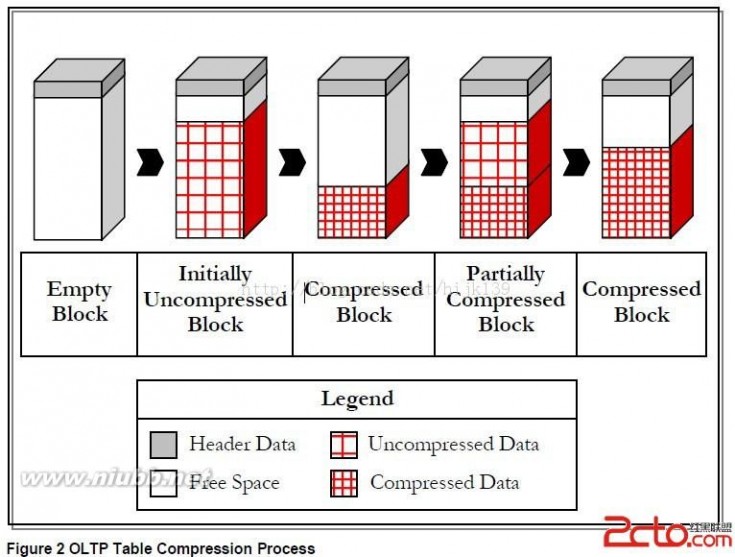
转化为压缩表的3方法
1. ALTER TABLE … COMPRESS FOR OLTP
此方法对现有数据不压缩,对以后的DML语句相关数据进行OLTP压缩
2. Online Redefinition (DBMS_REDEFINITION)
对现有和以后的数据均压缩。使用DBMS_REDEFINITION可以在线对表进行操作,可以使用并行操作。分区表的global index是个例外,需要在线重定义之后重建索引
3. ALTER TABLE … MOVE COMPRESS FOR OLTP
对现有和以后的数据均压缩。在move过程中,会对表加排它(X)锁,DML操作会被阻塞,可以使用并行提高性能。move操作会导致索引失效,因此move之后需要重建索引。move操作可以改变segment的表空间
二 : 压缩机技术
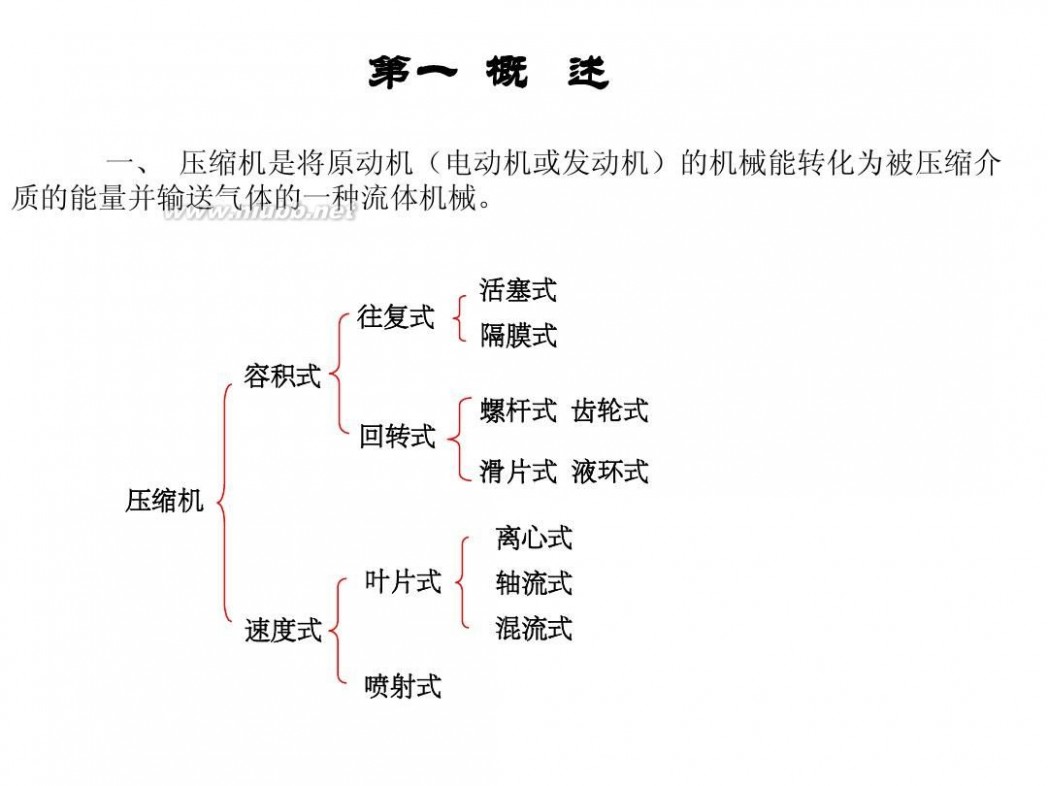
压缩机技术 压缩机技术
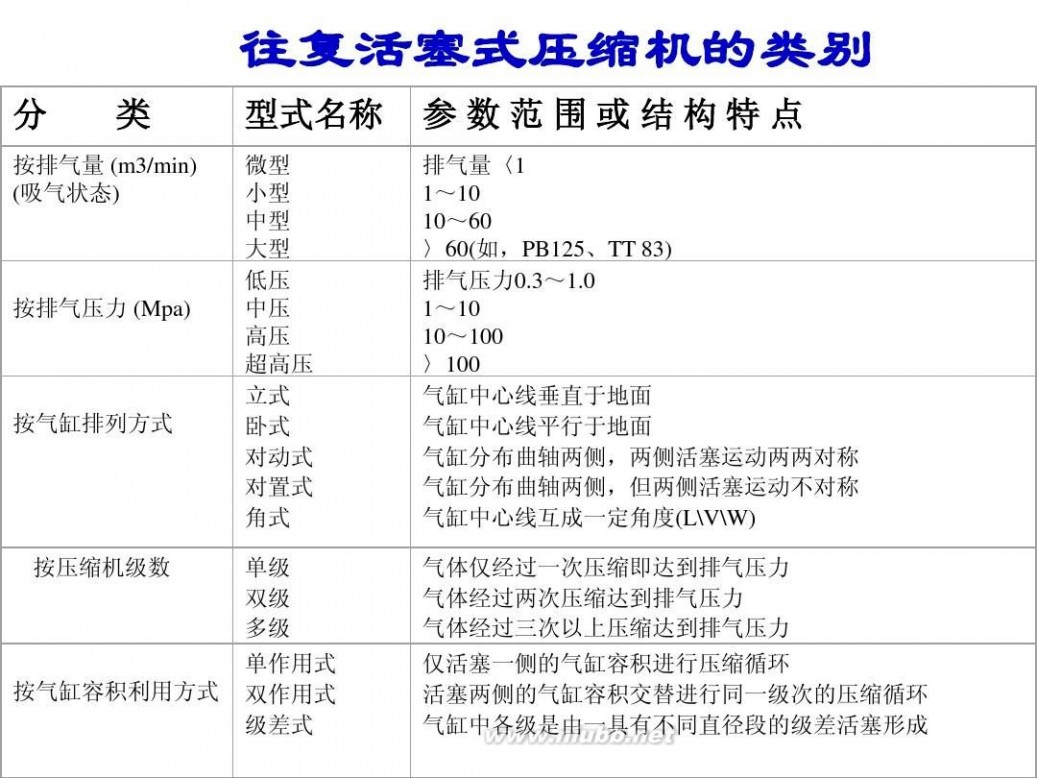
压缩机技术 压缩机技术
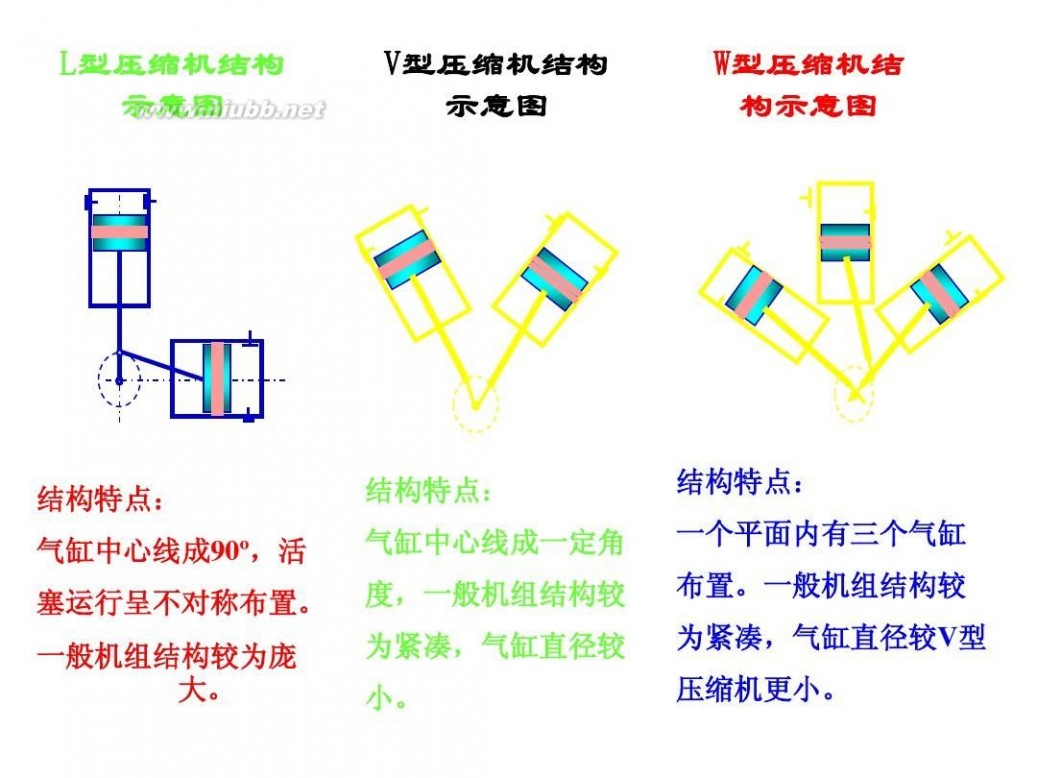
压缩机技术 压缩机技术

压缩机技术 压缩机技术
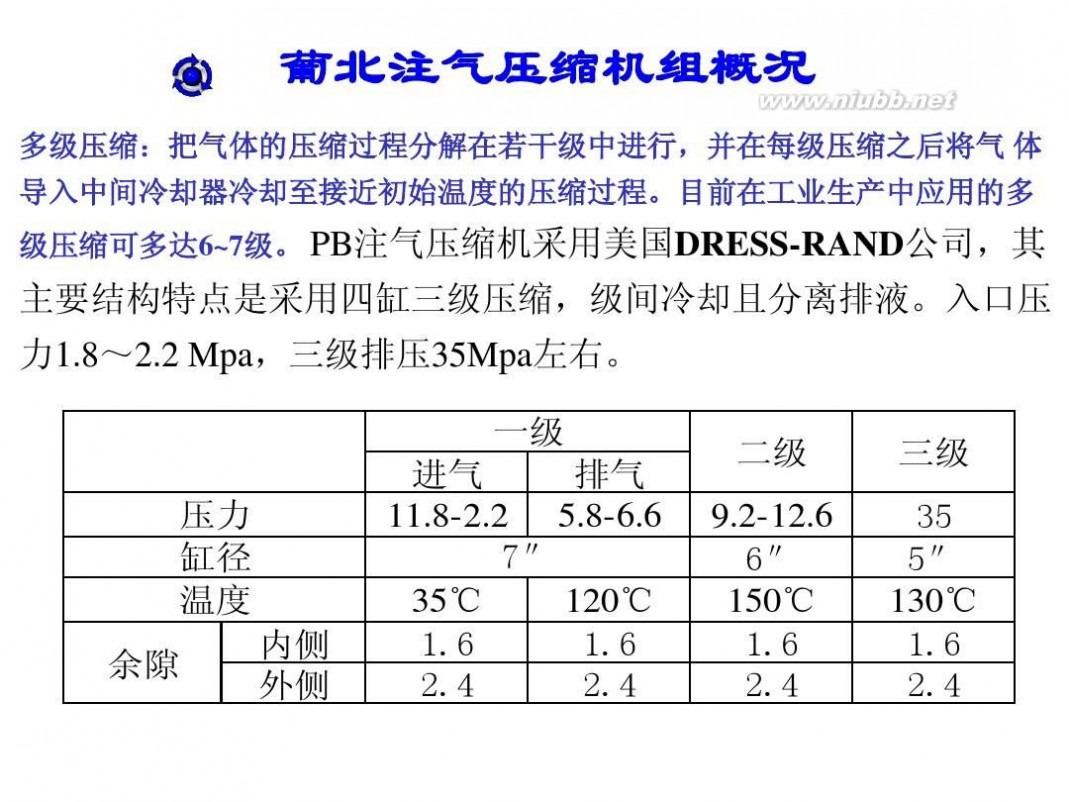
压缩机技术 压缩机技术
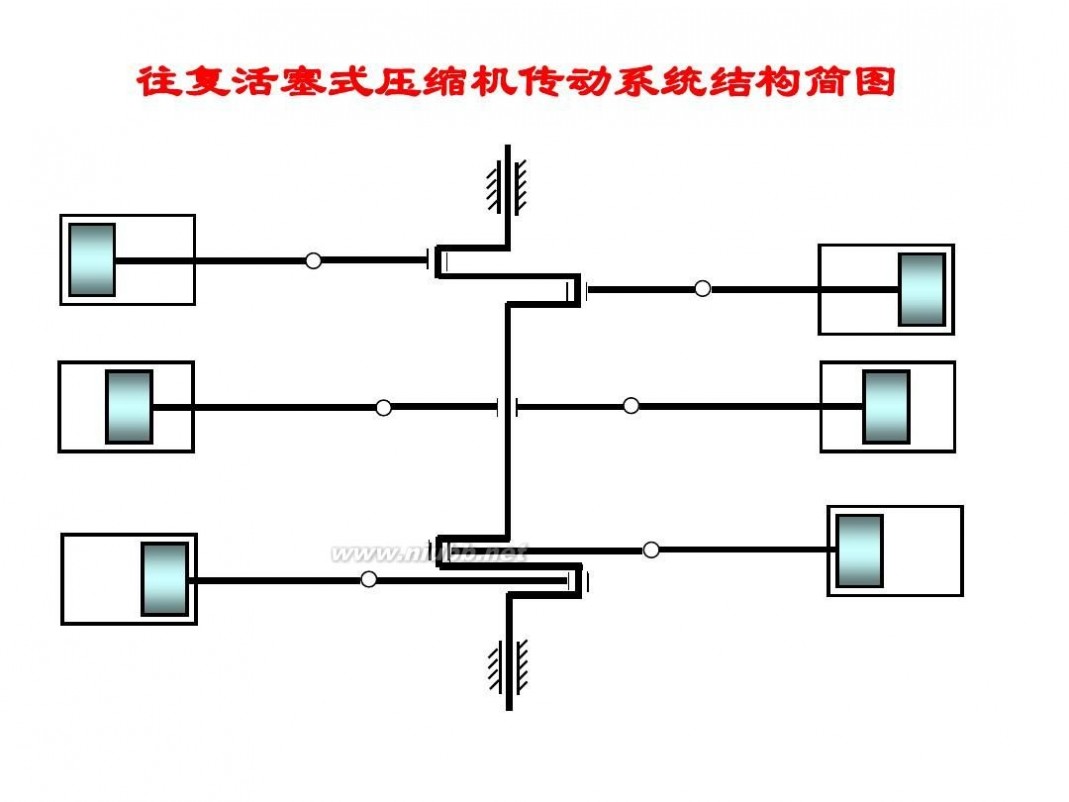
压缩机技术 压缩机技术

压缩机技术 压缩机技术

压缩机技术 压缩机技术
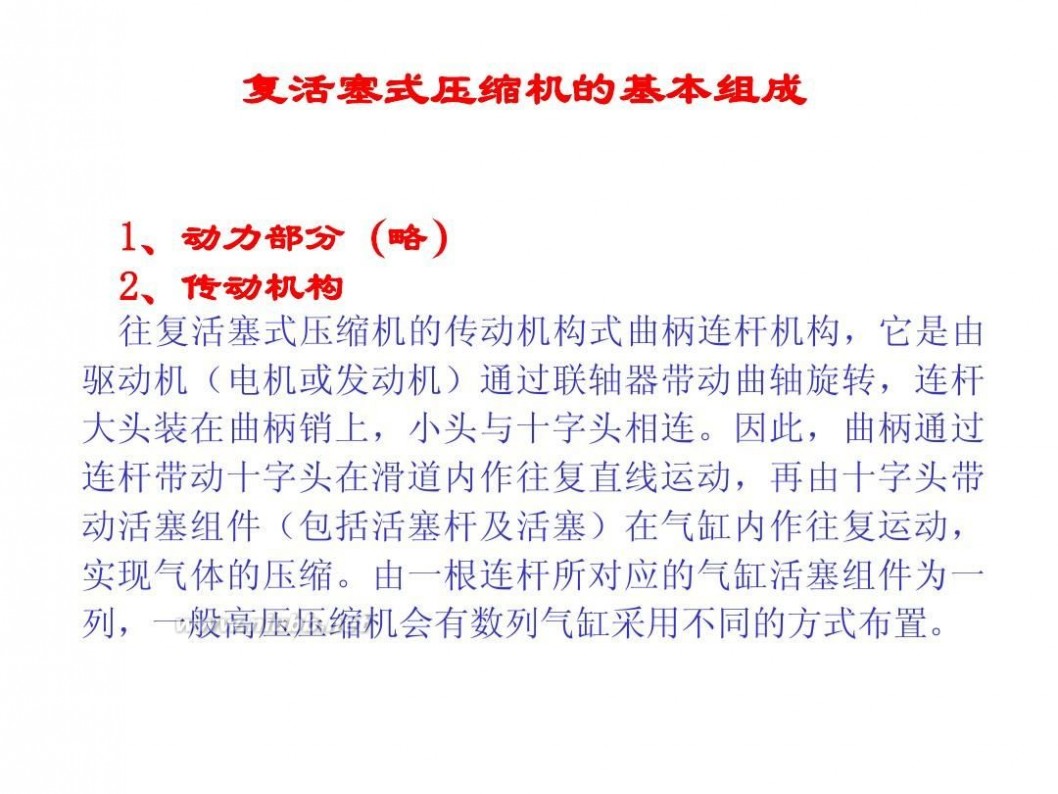
压缩机技术 压缩机技术
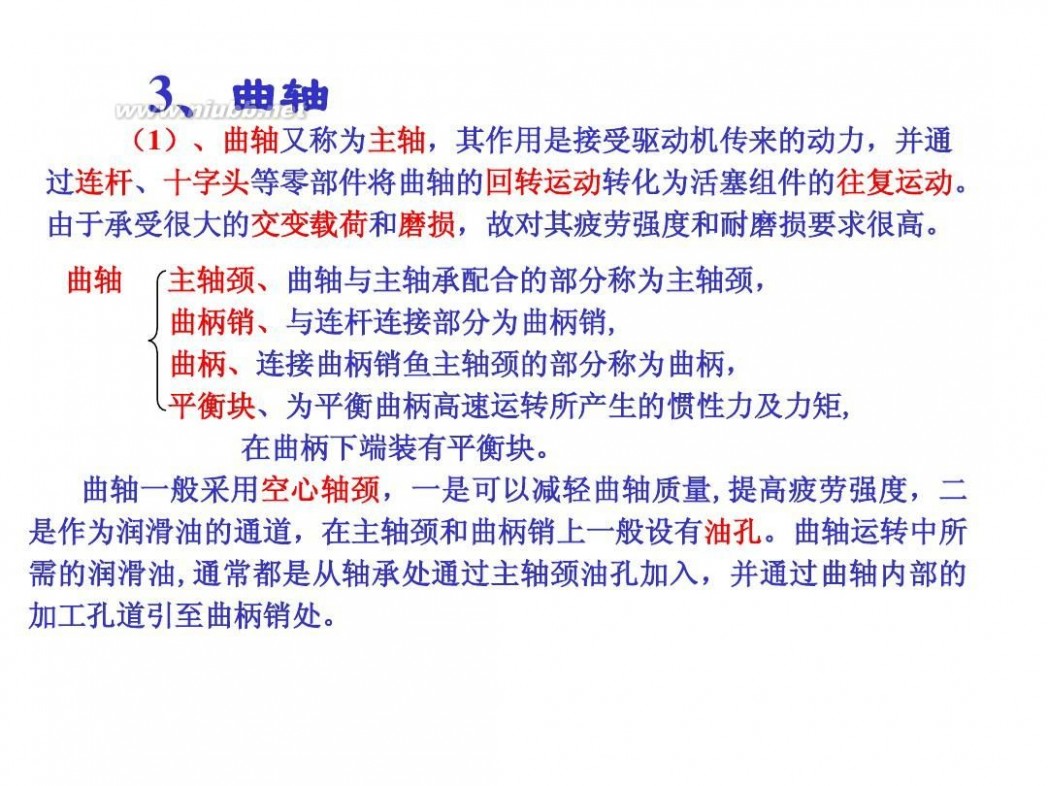
压缩机技术 压缩机技术
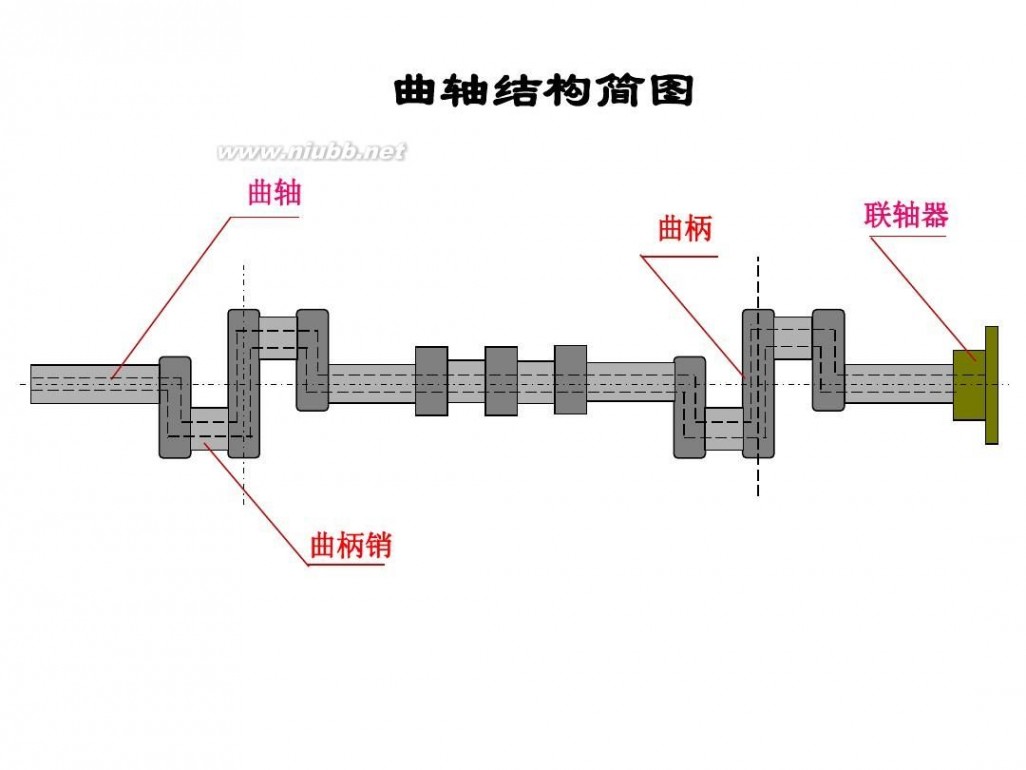
压缩机技术 压缩机技术

压缩机技术 压缩机技术

压缩机技术 压缩机技术

压缩机技术 压缩机技术

压缩机技术 压缩机技术

压缩机技术 压缩机技术
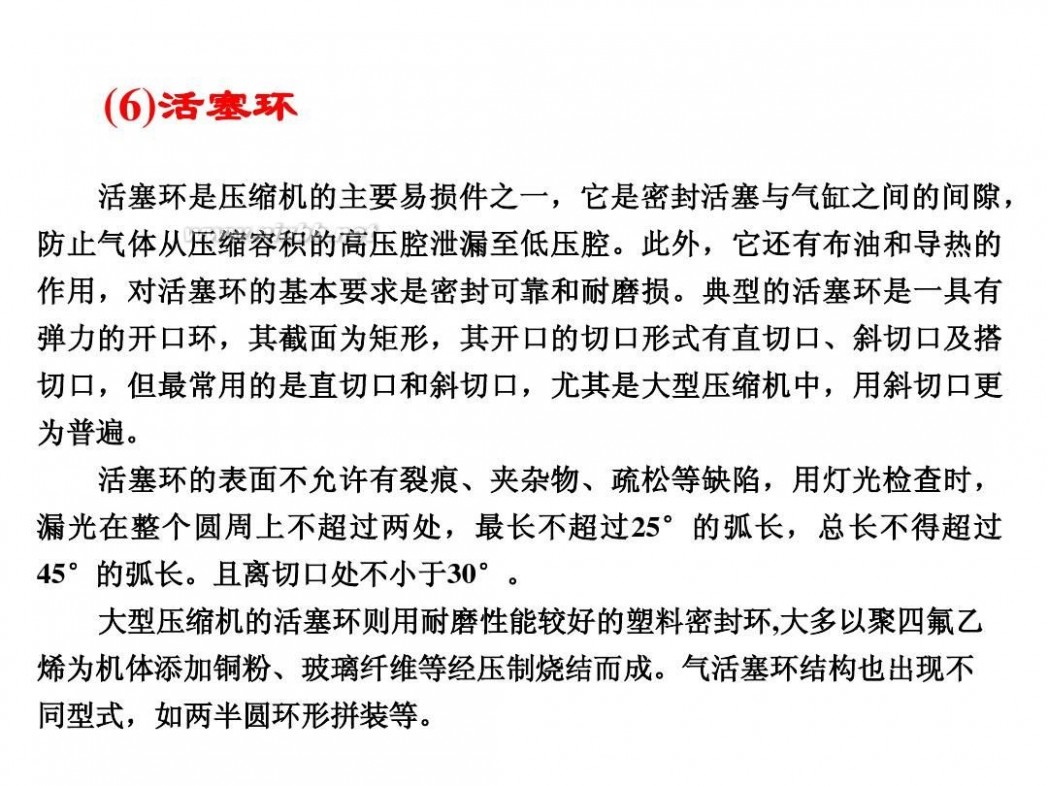
压缩机技术 压缩机技术
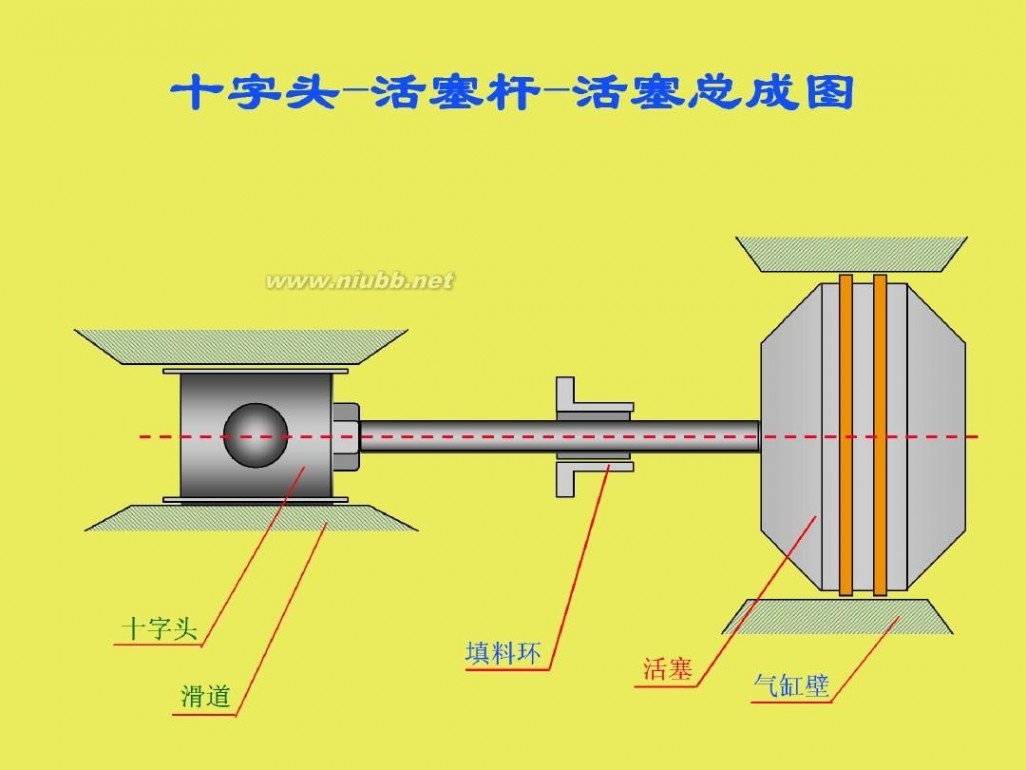
压缩机技术 压缩机技术
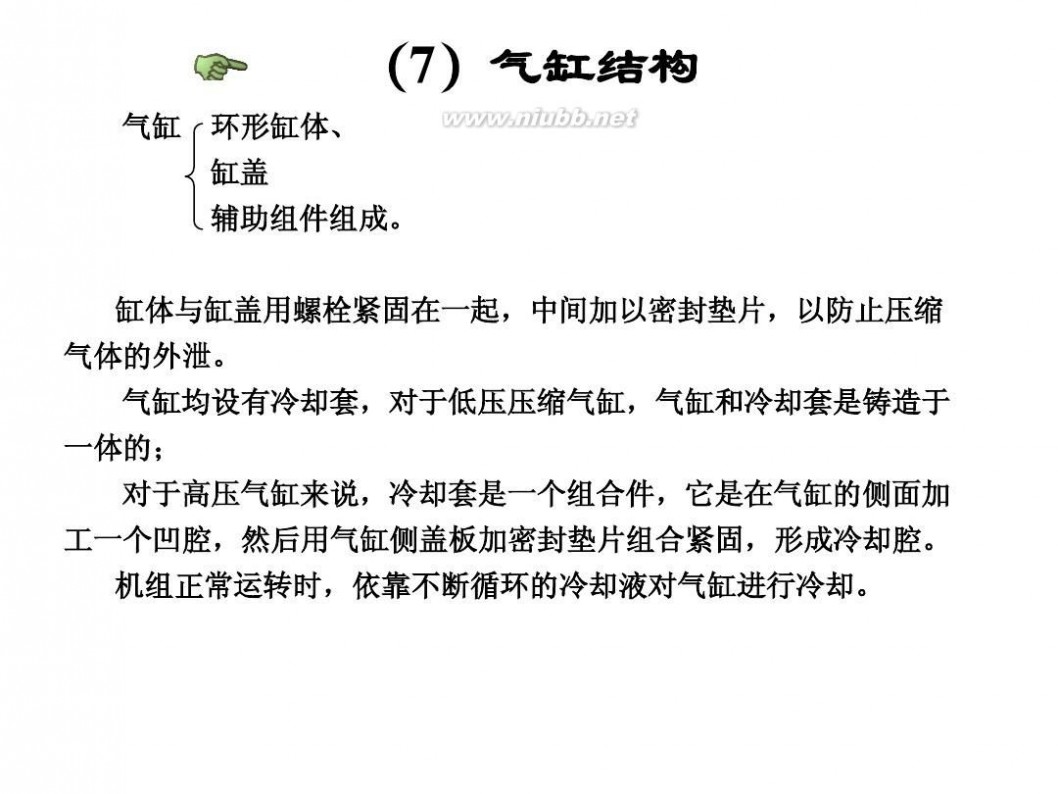
压缩机技术 压缩机技术
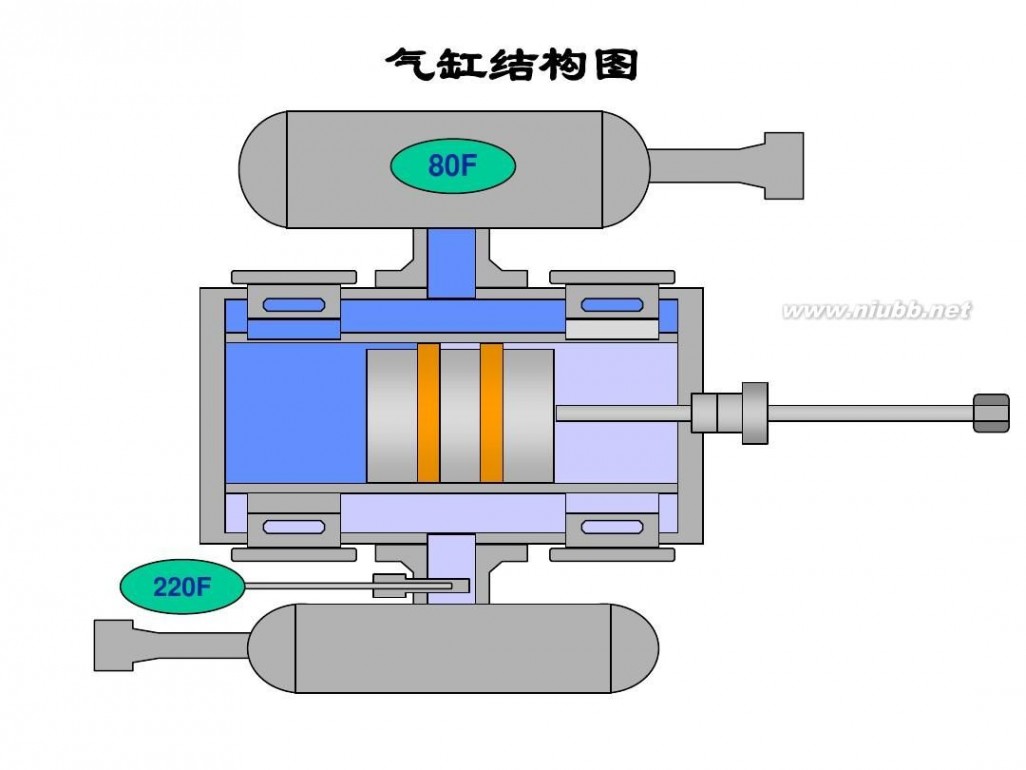
压缩机技术 压缩机技术
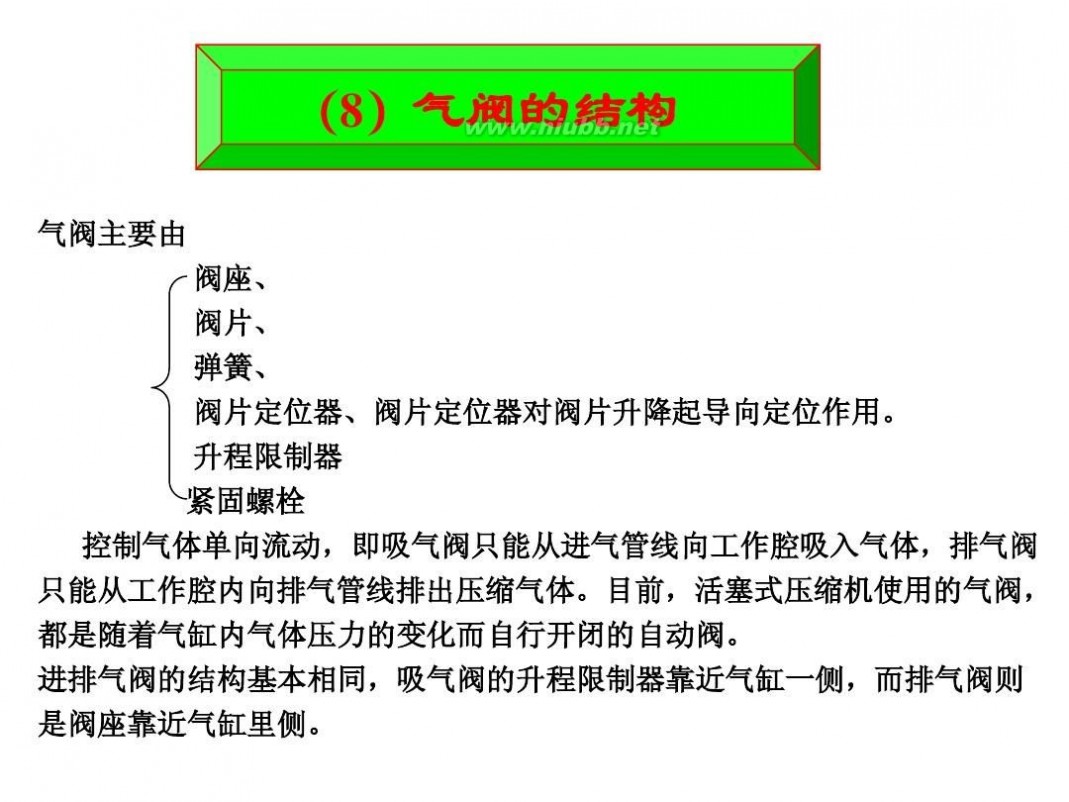
压缩机技术 压缩机技术
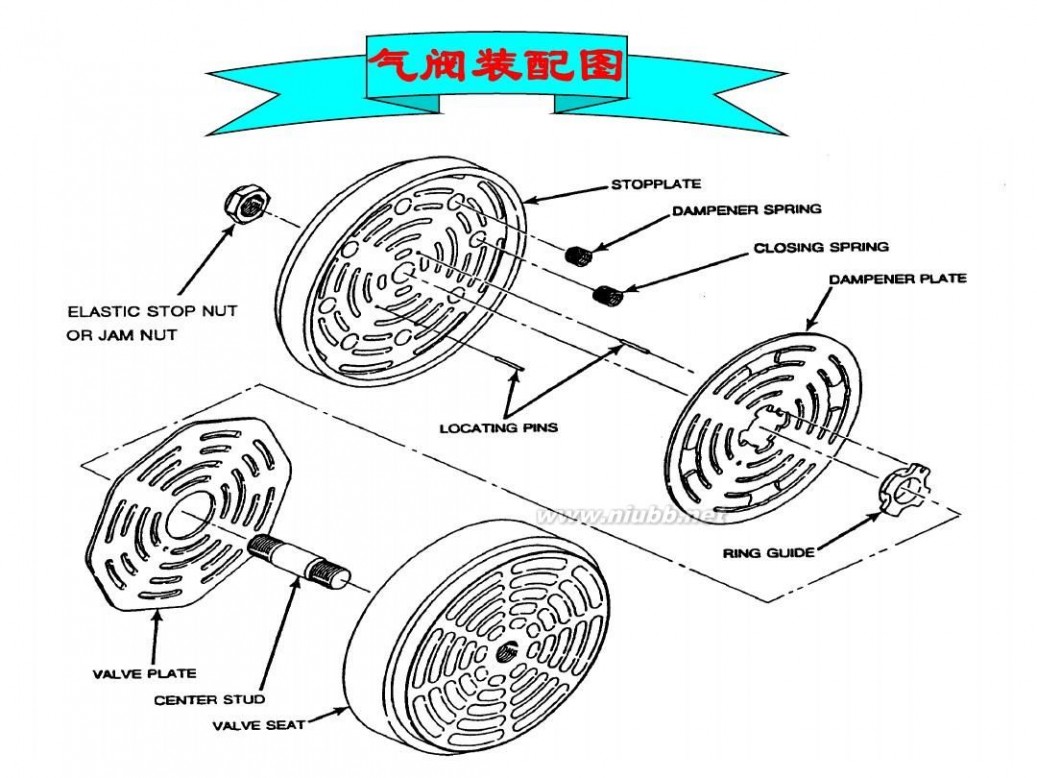
压缩机技术 压缩机技术
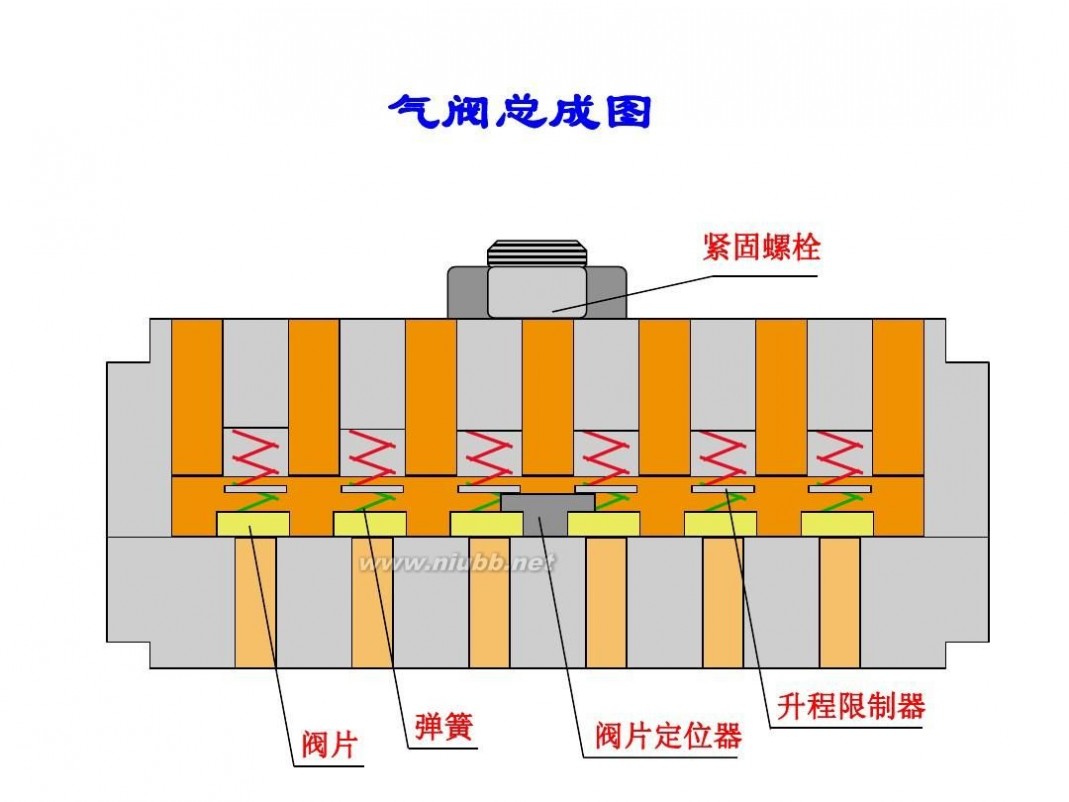
压缩机技术 压缩机技术
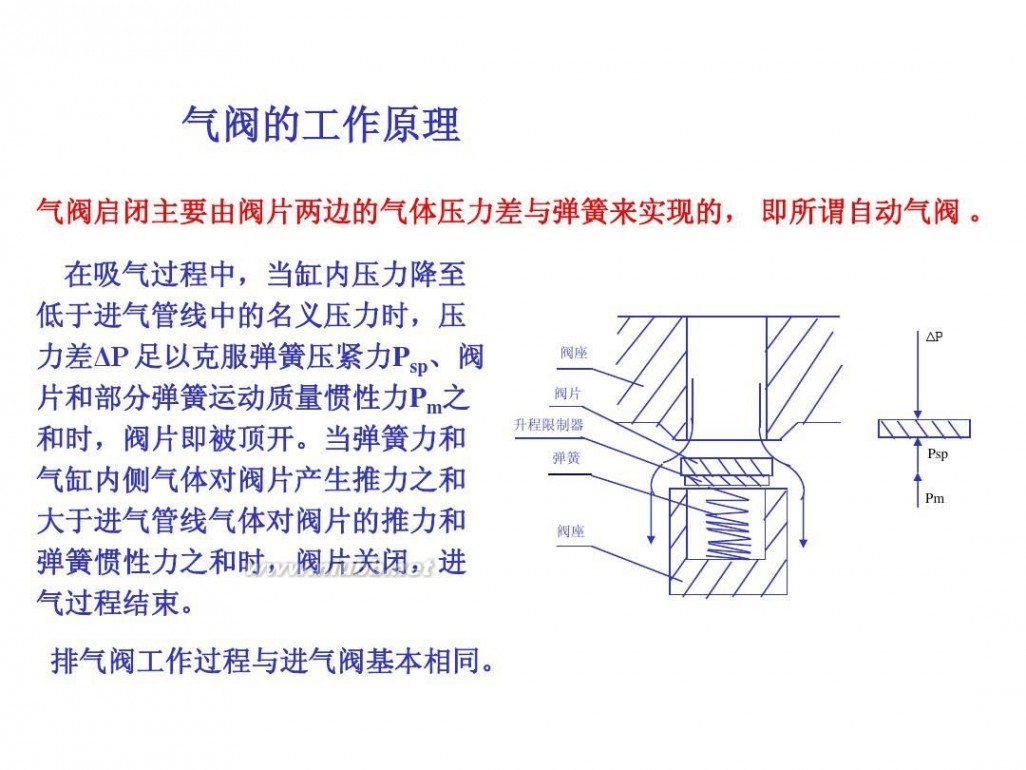
压缩机技术 压缩机技术
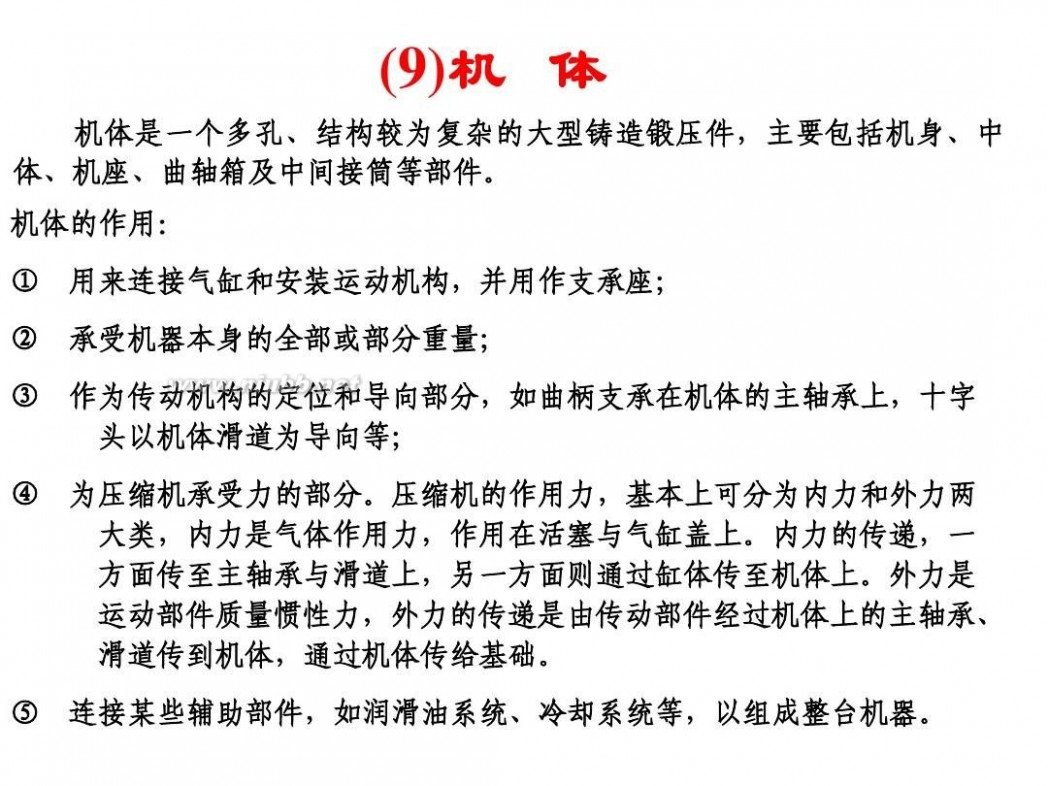
压缩机技术 压缩机技术

压缩机技术 压缩机技术
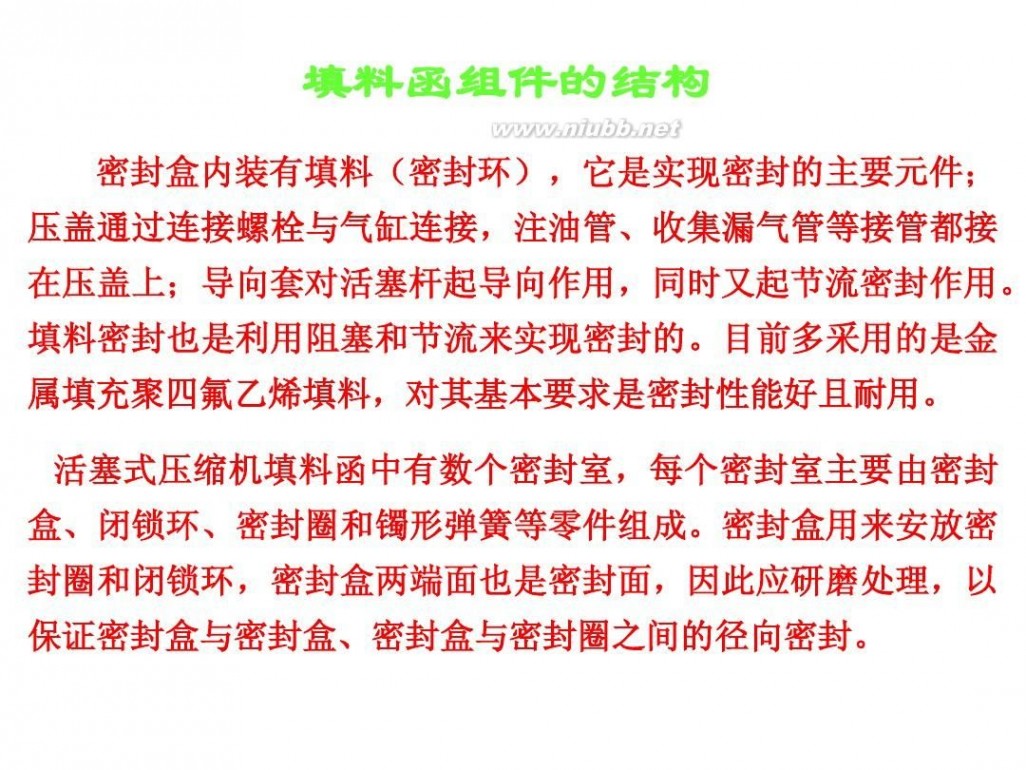
压缩机技术 压缩机技术
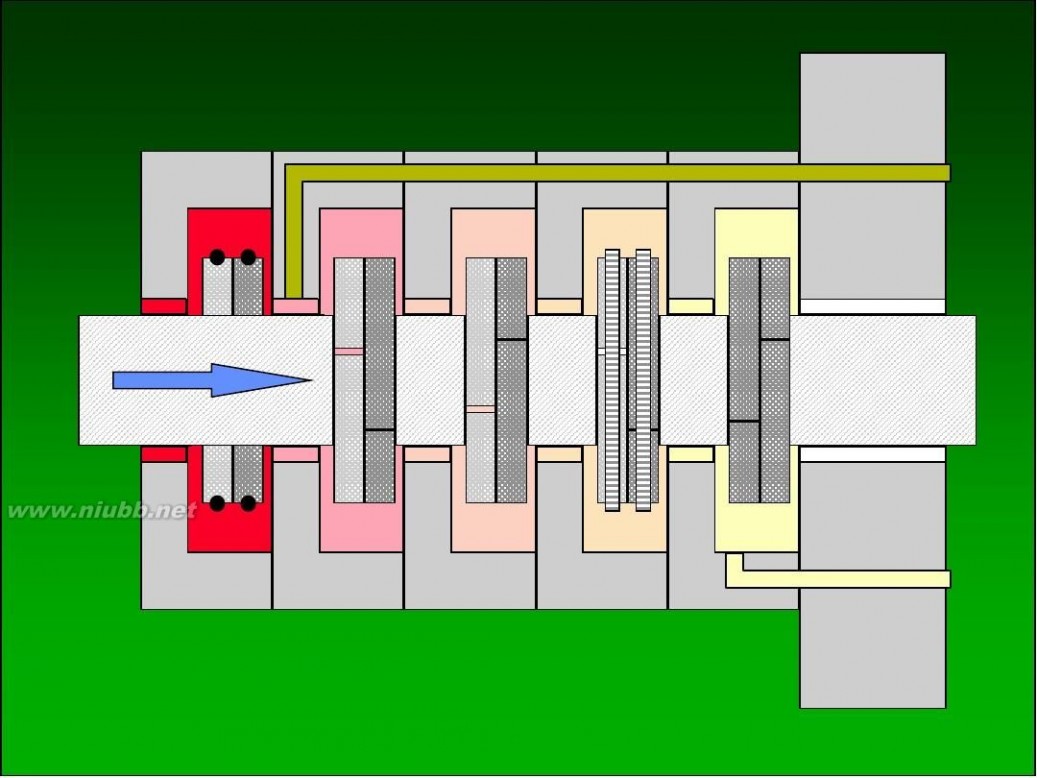
压缩机技术 压缩机技术
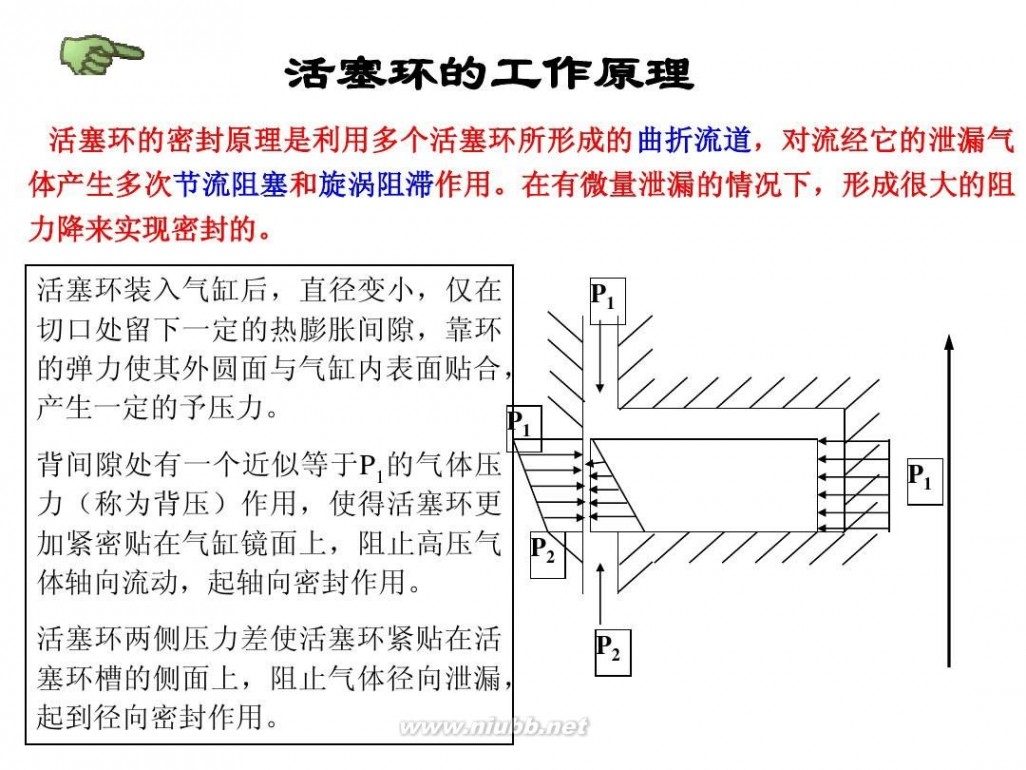
压缩机技术 压缩机技术
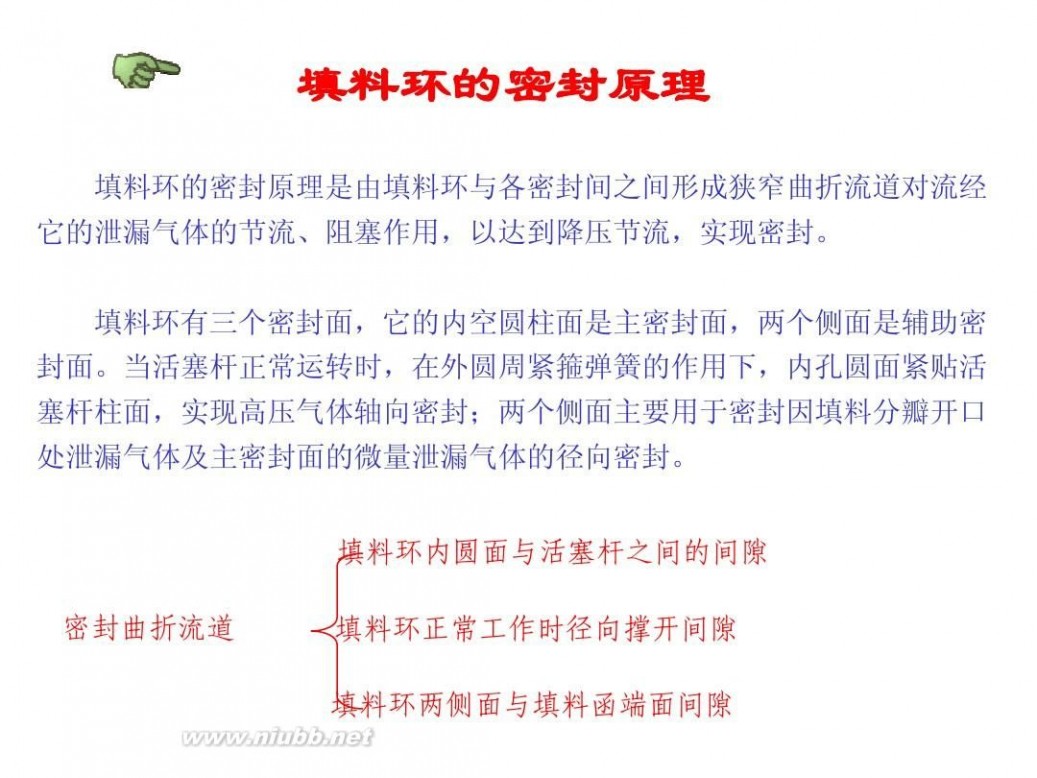
压缩机技术 压缩机技术
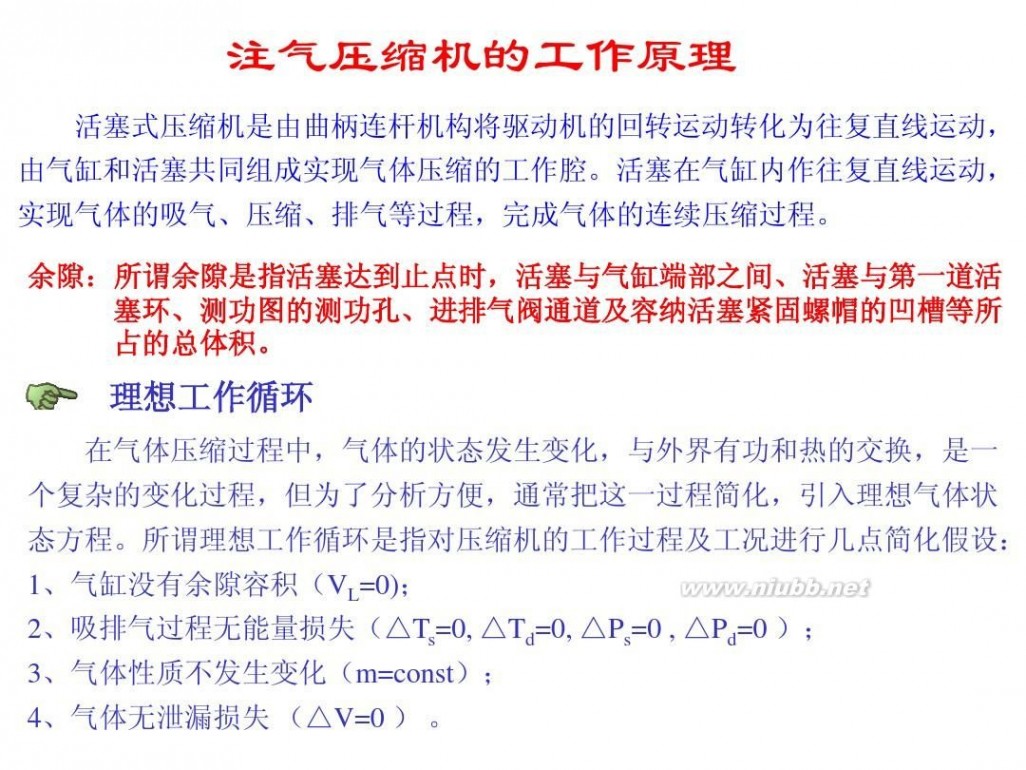
压缩机技术 压缩机技术
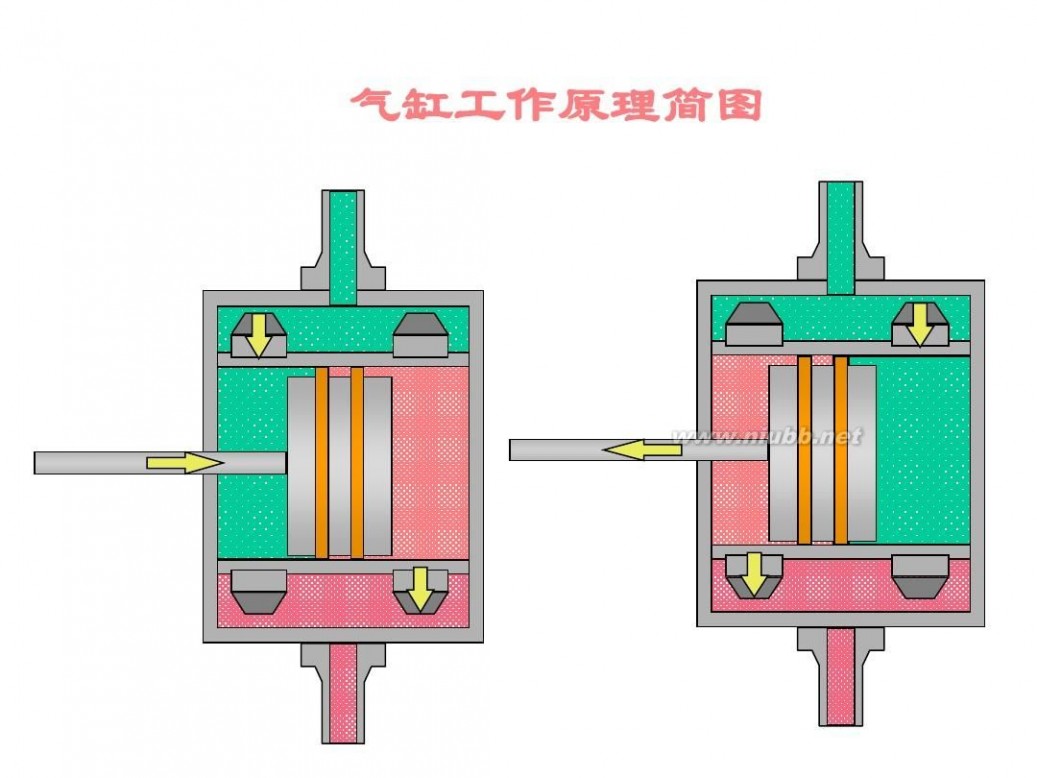
压缩机技术 压缩机技术

压缩机技术 压缩机技术

压缩机技术 压缩机技术
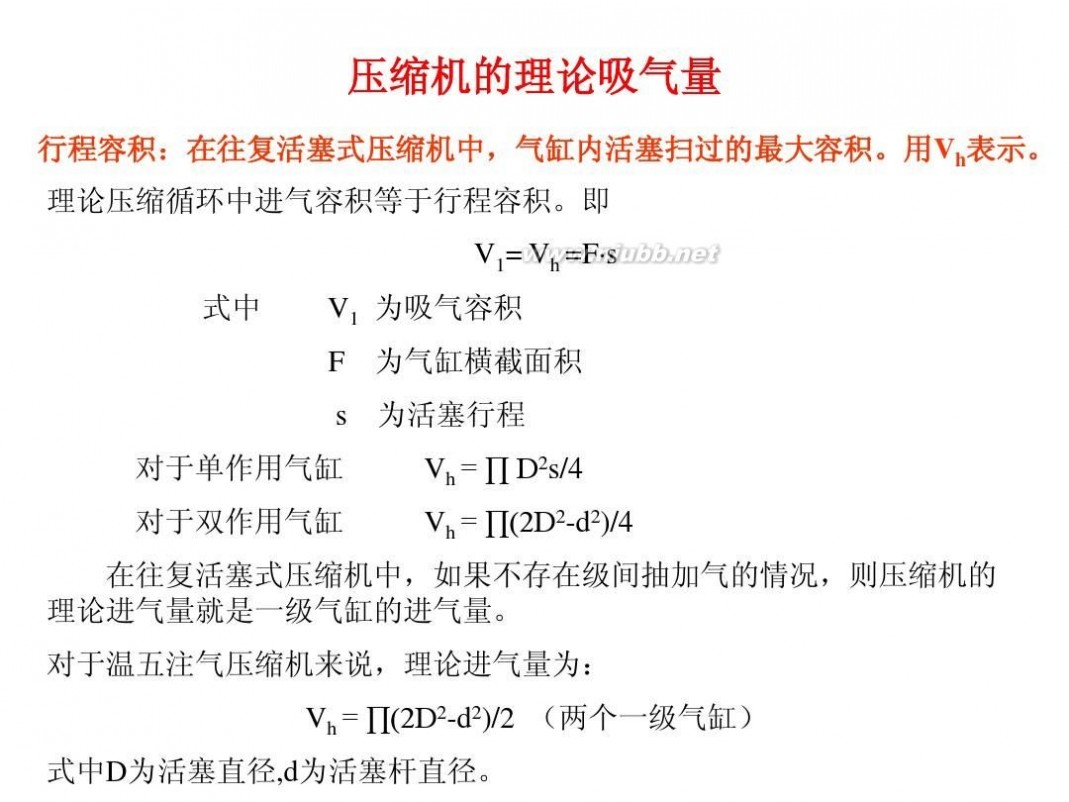
压缩机技术 压缩机技术
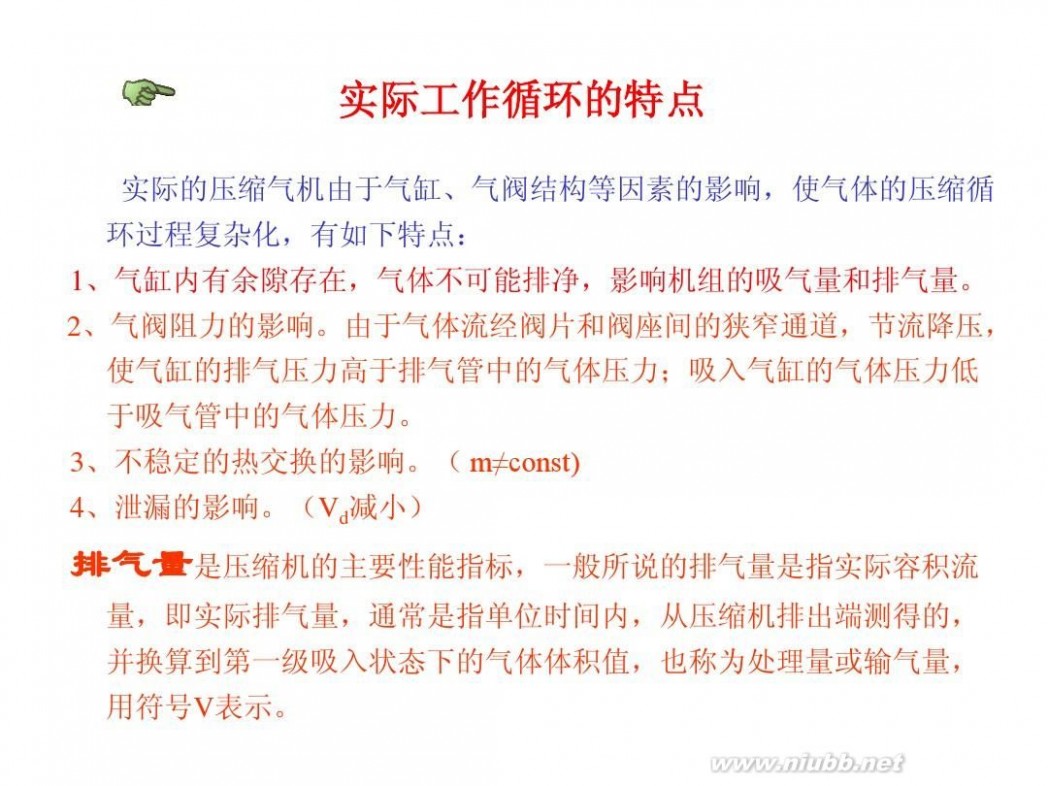
压缩机技术 压缩机技术

压缩机技术 压缩机技术
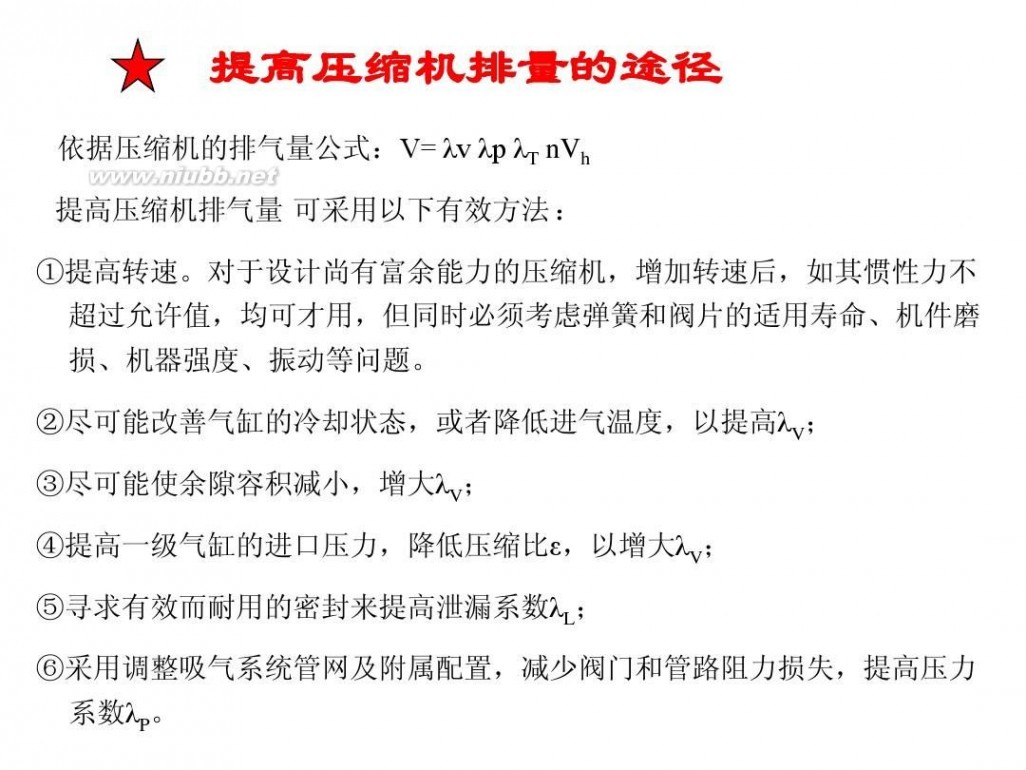
压缩机技术 压缩机技术
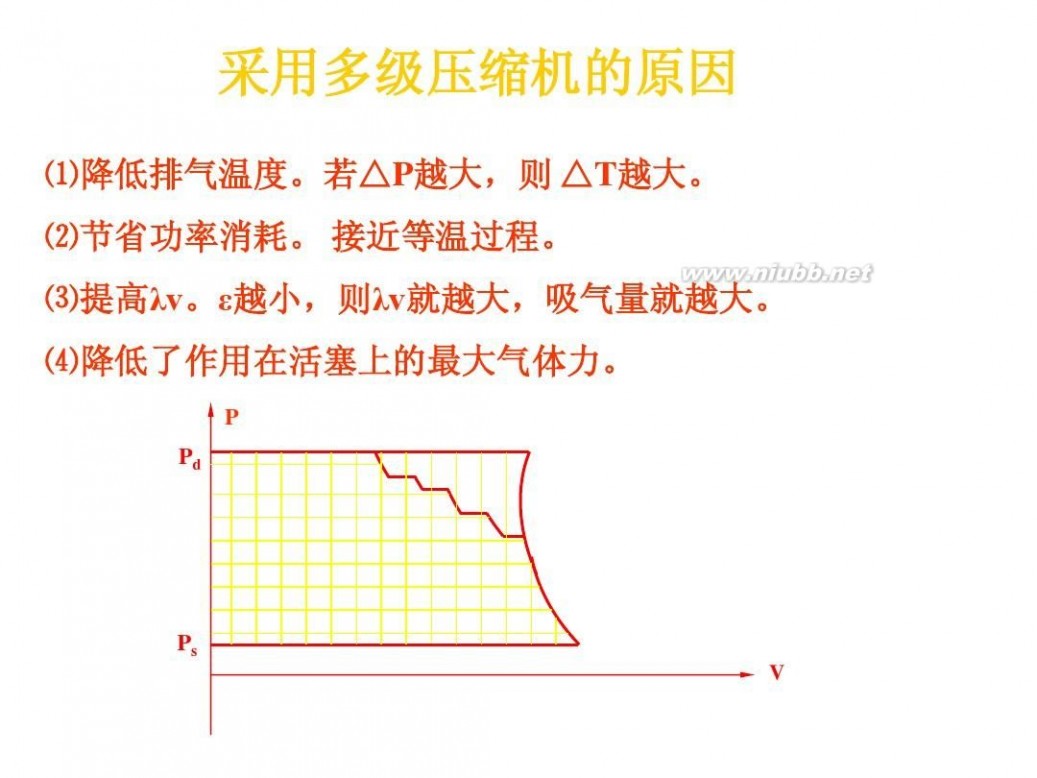
压缩机技术 压缩机技术
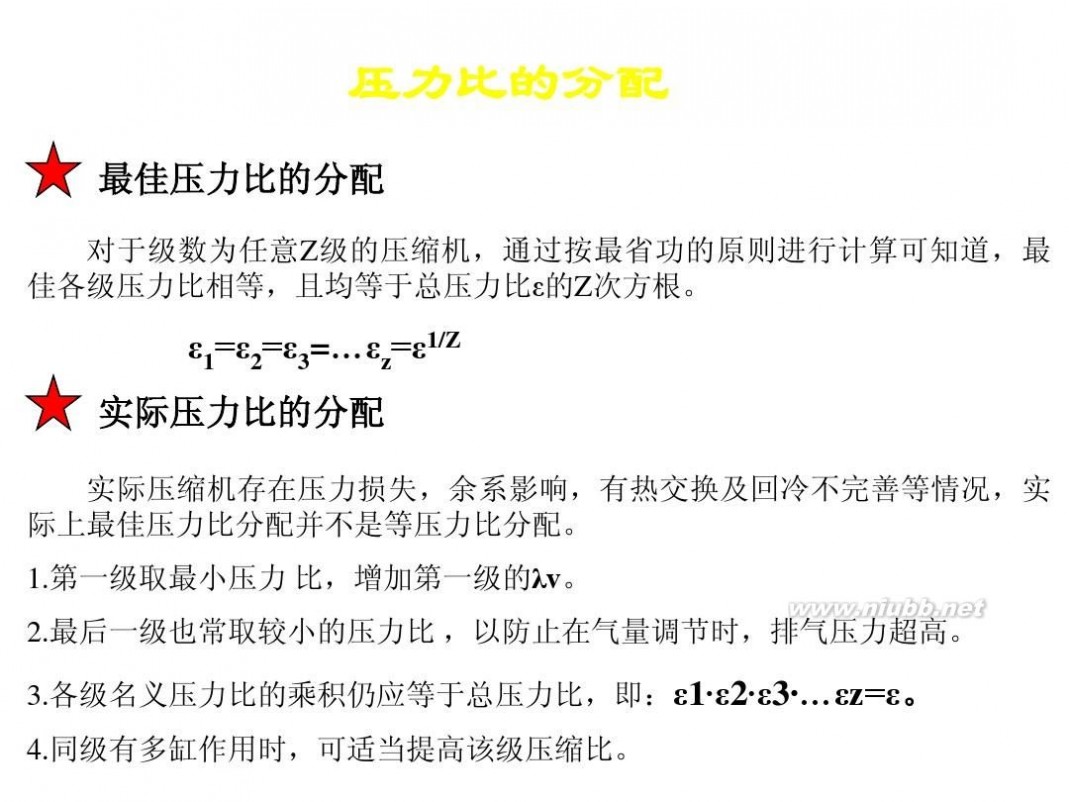
压缩机技术 压缩机技术
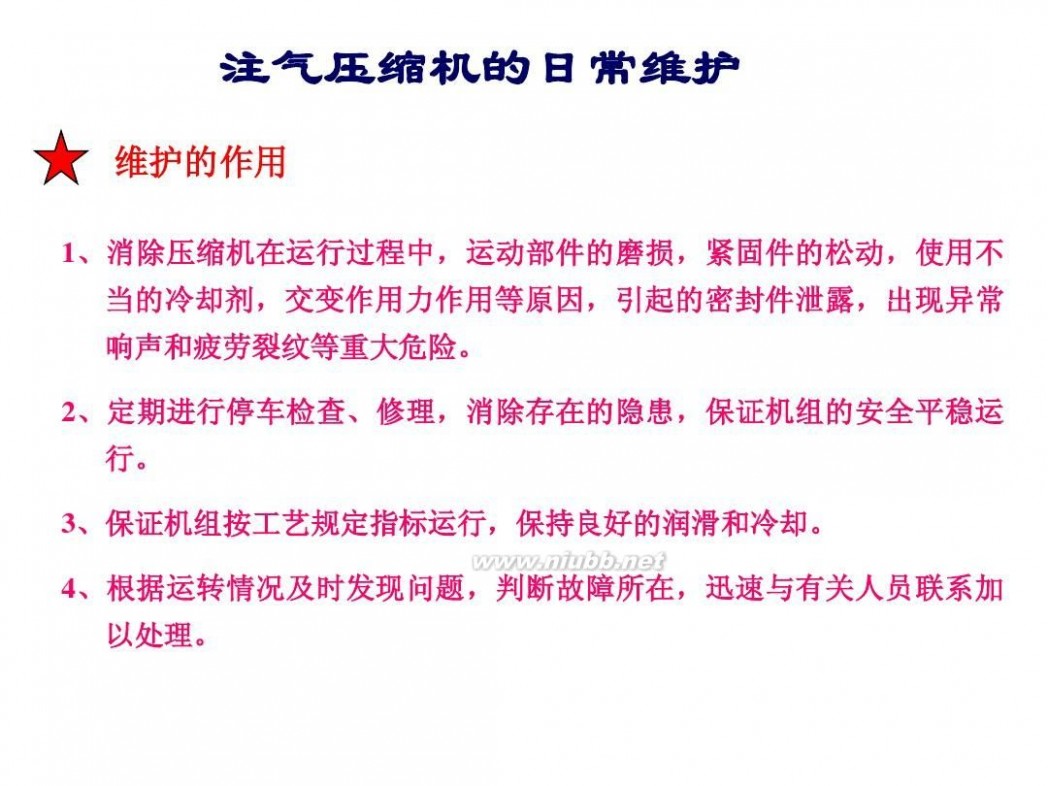
压缩机技术 压缩机技术
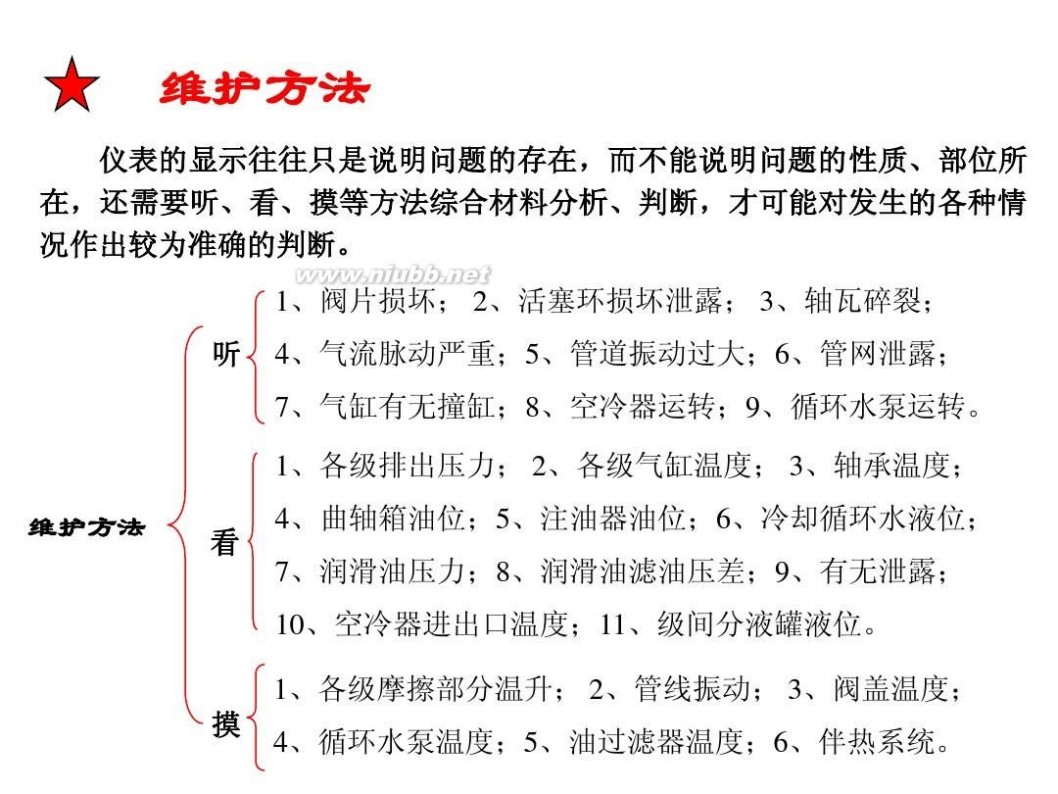
压缩机技术 压缩机技术

压缩机技术 压缩机技术
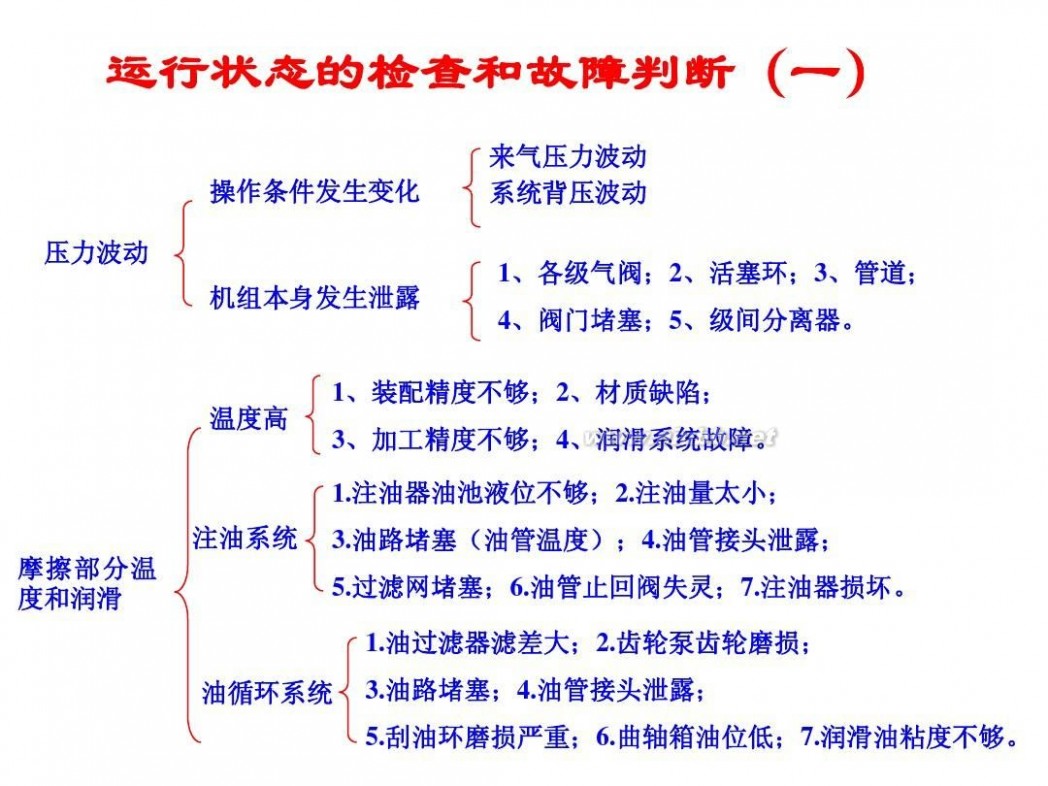
压缩机技术 压缩机技术
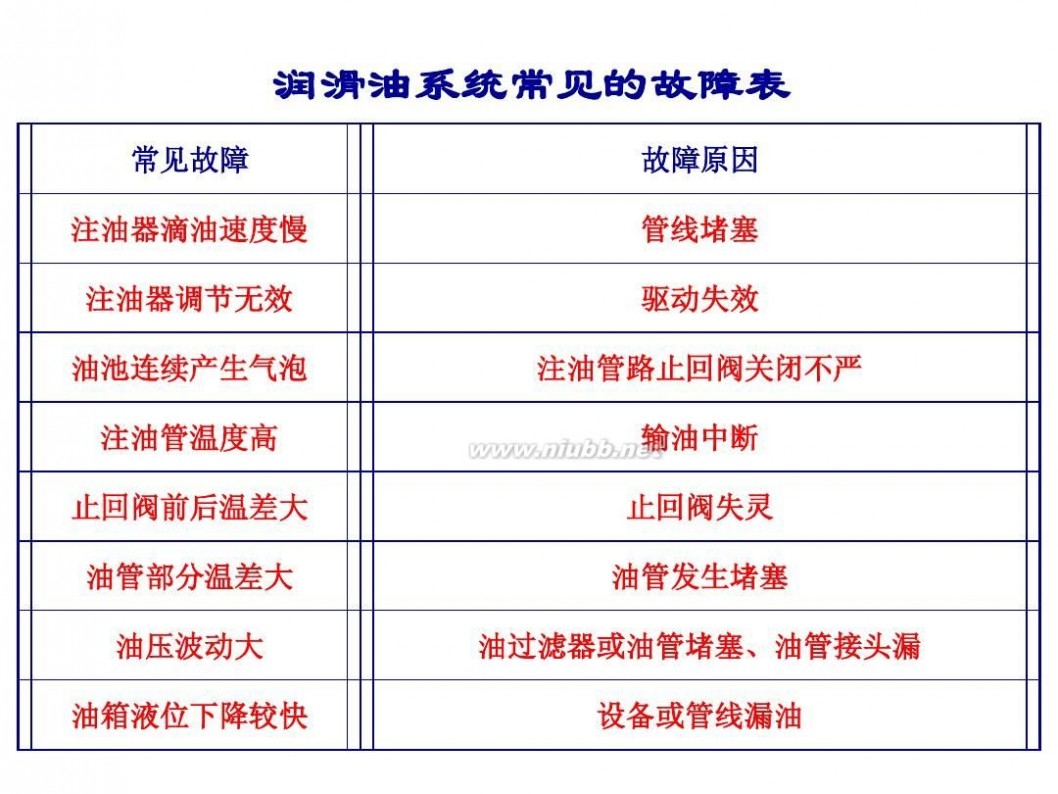
压缩机技术 压缩机技术
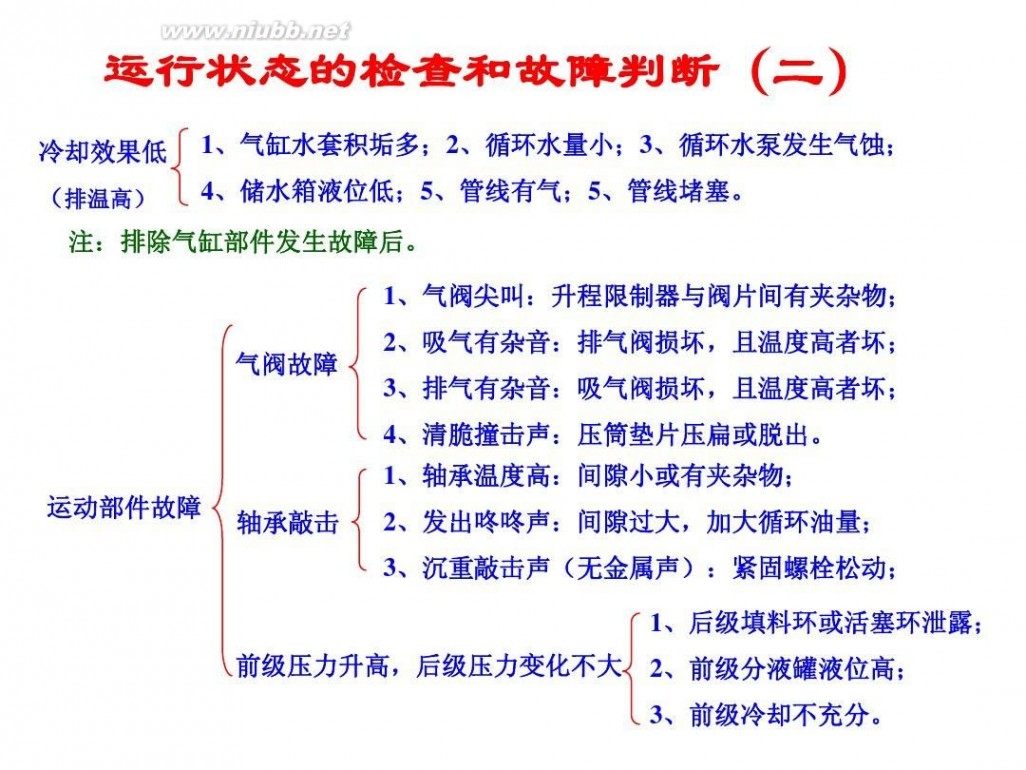
压缩机技术 压缩机技术

压缩机技术 压缩机技术
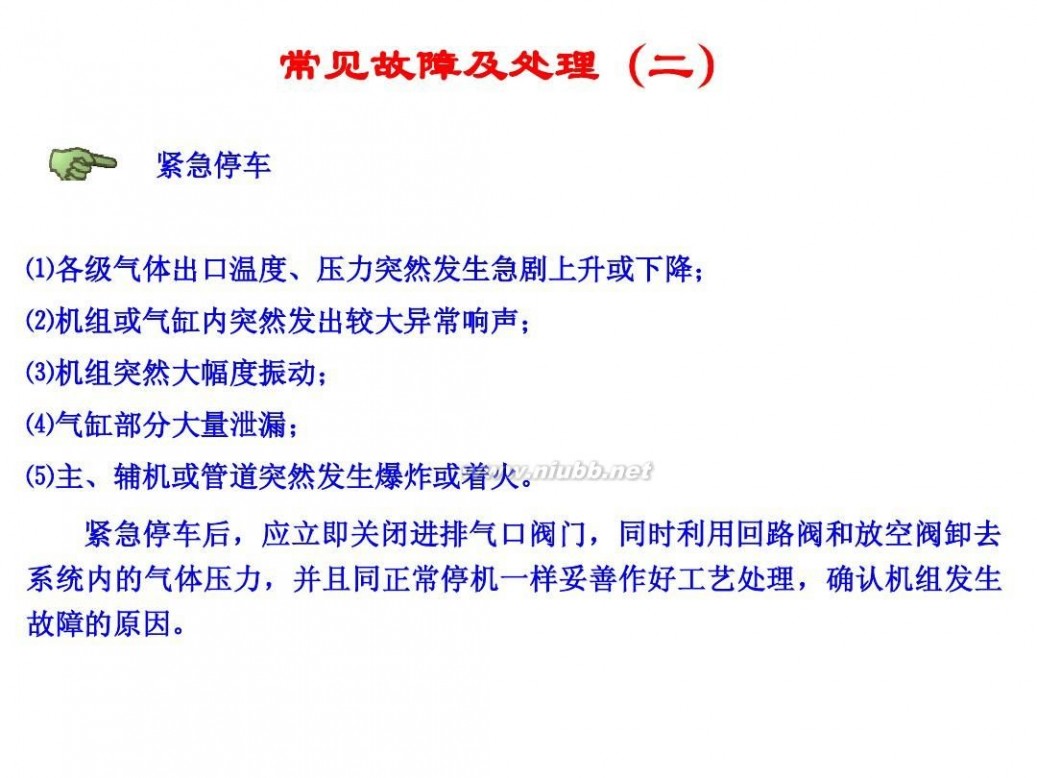
压缩机技术 压缩机技术

压缩机技术 压缩机技术
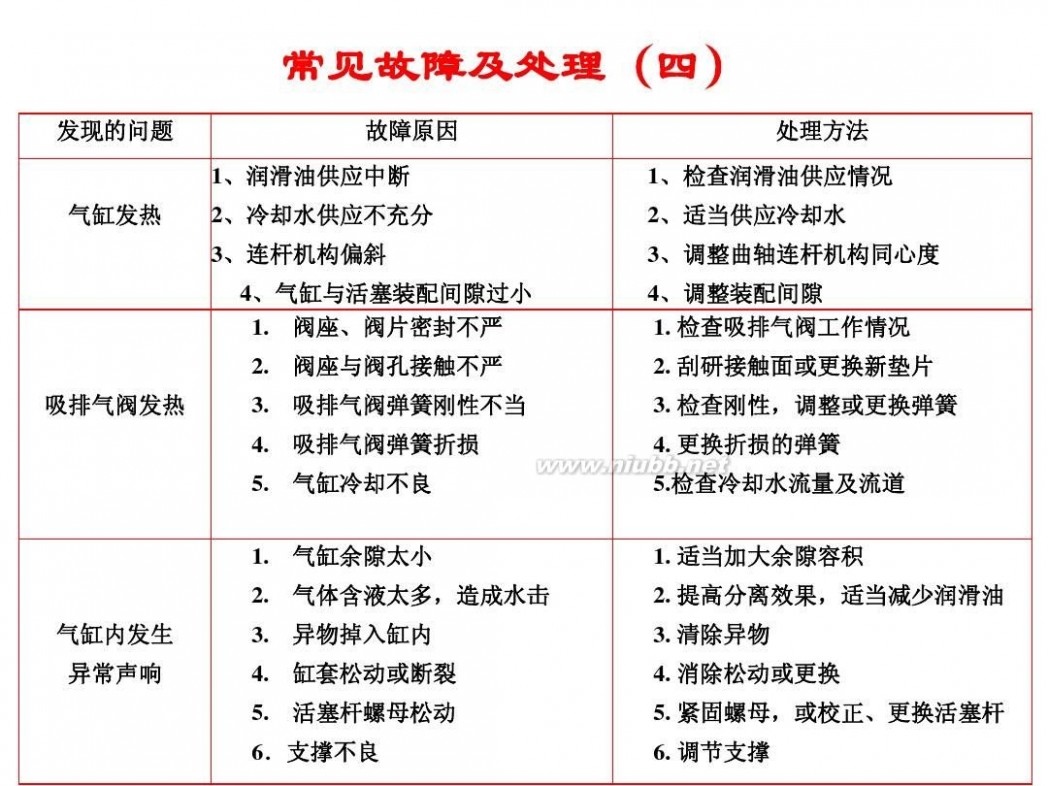
压缩机技术 压缩机技术
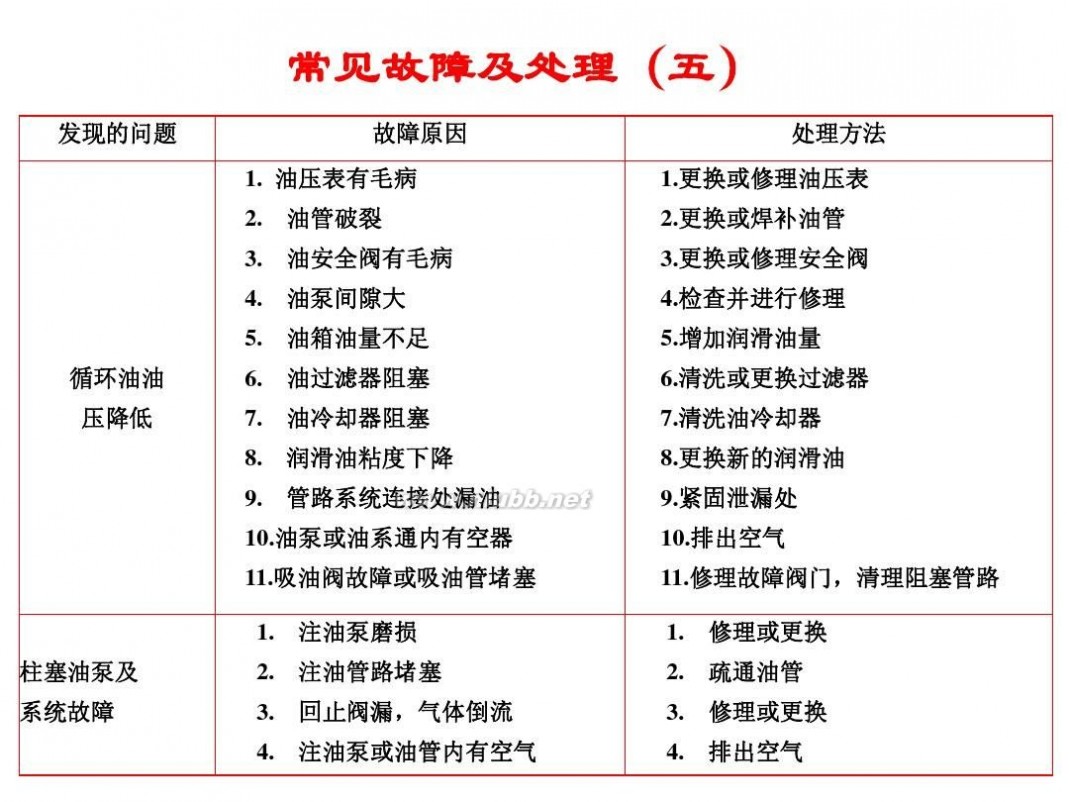
压缩机技术 压缩机技术
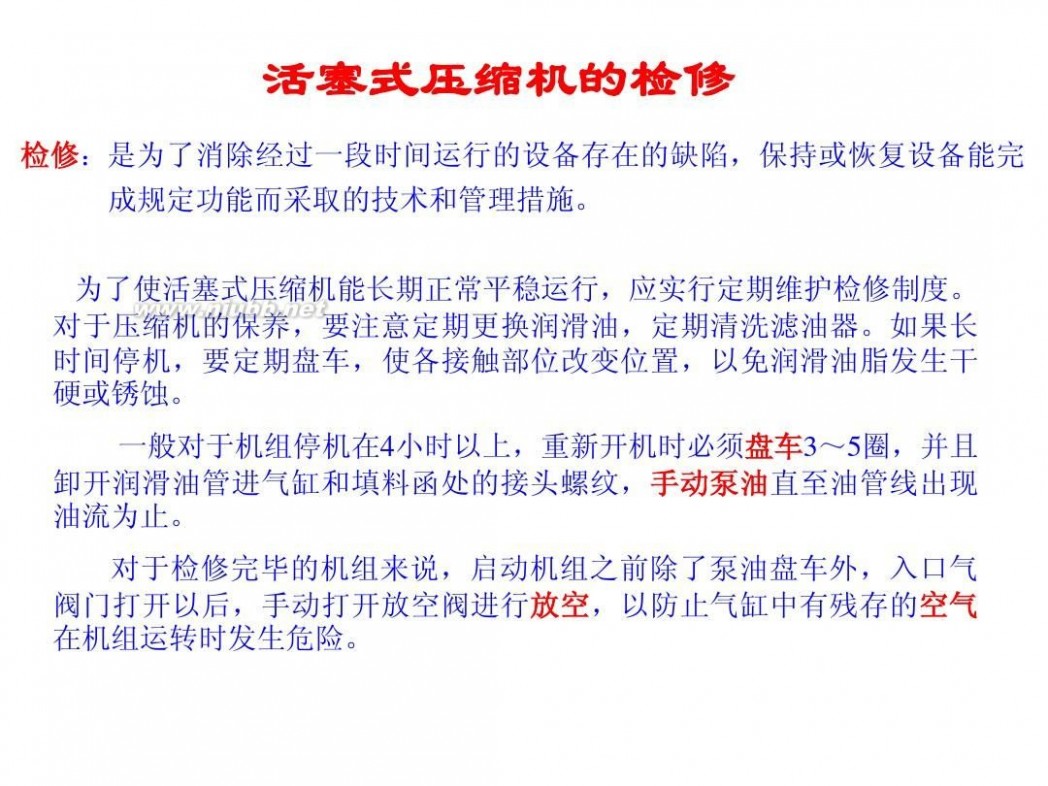
压缩机技术 压缩机技术
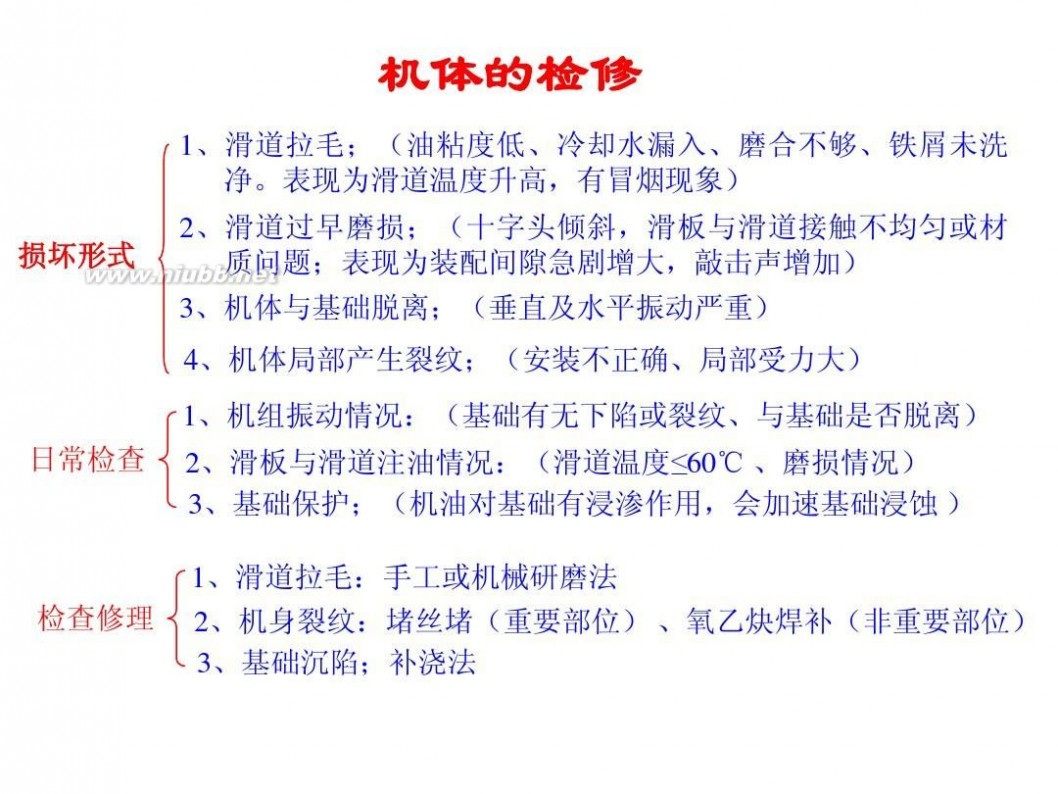
压缩机技术 压缩机技术

压缩机技术 压缩机技术

压缩机技术 压缩机技术
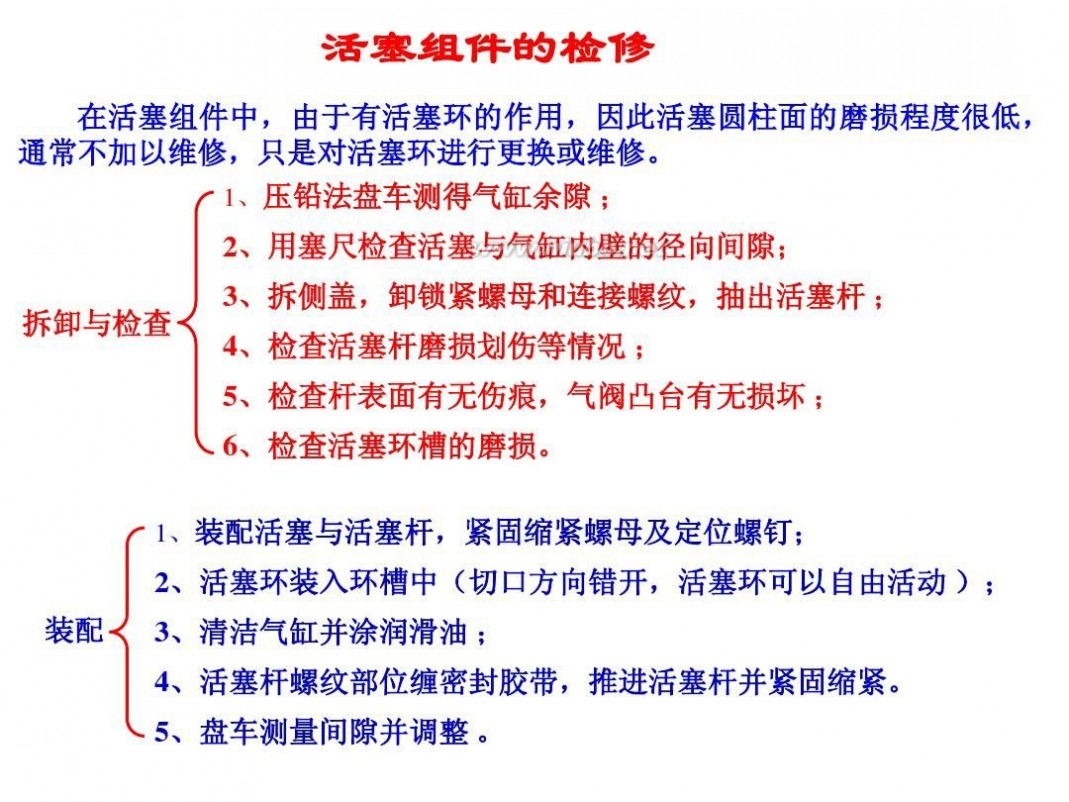
压缩机技术 压缩机技术
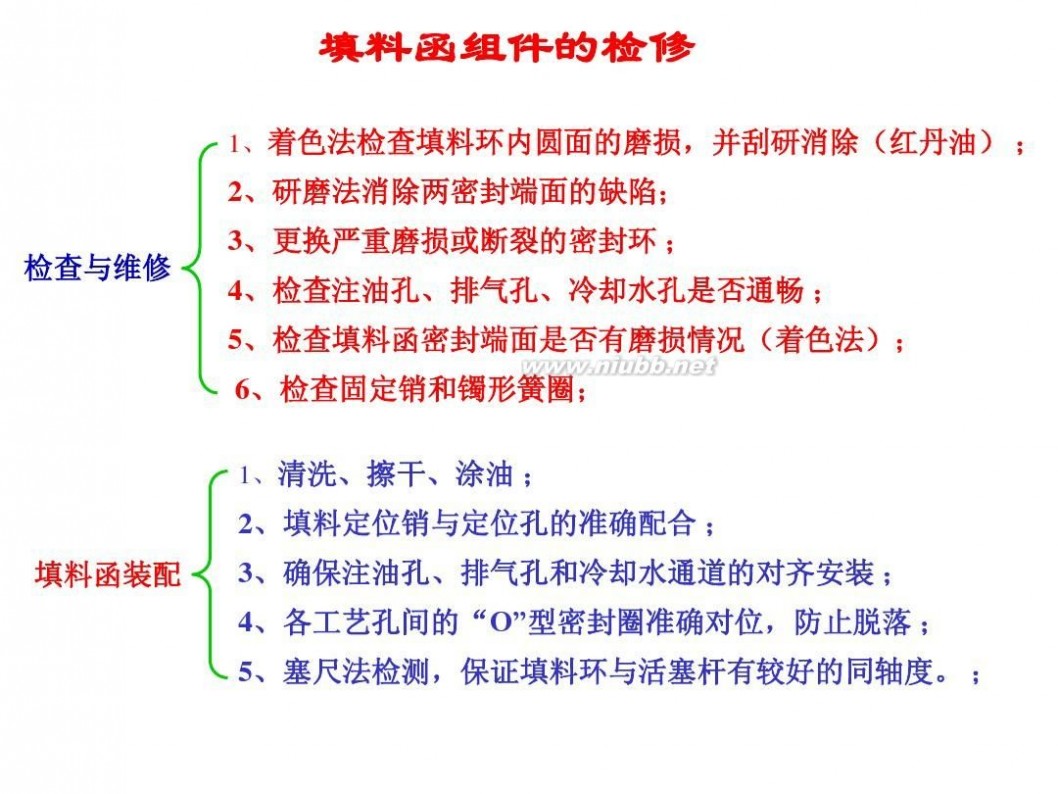
压缩机技术 压缩机技术
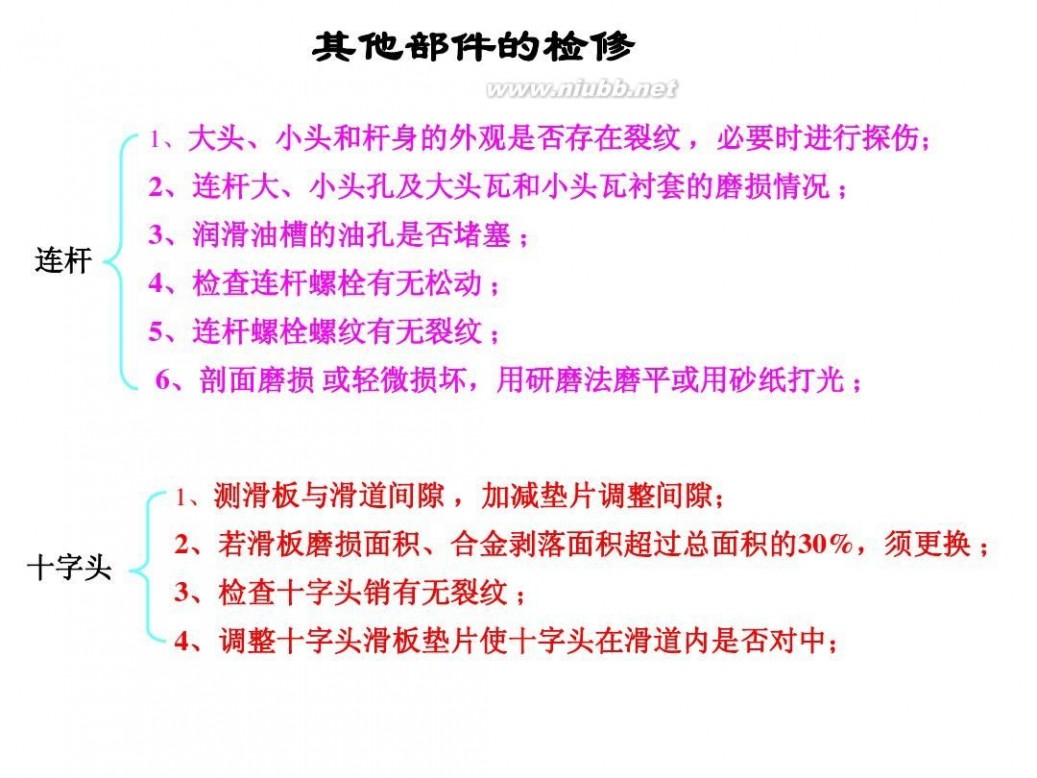
压缩机技术 压缩机技术

压缩机技术 压缩机技术
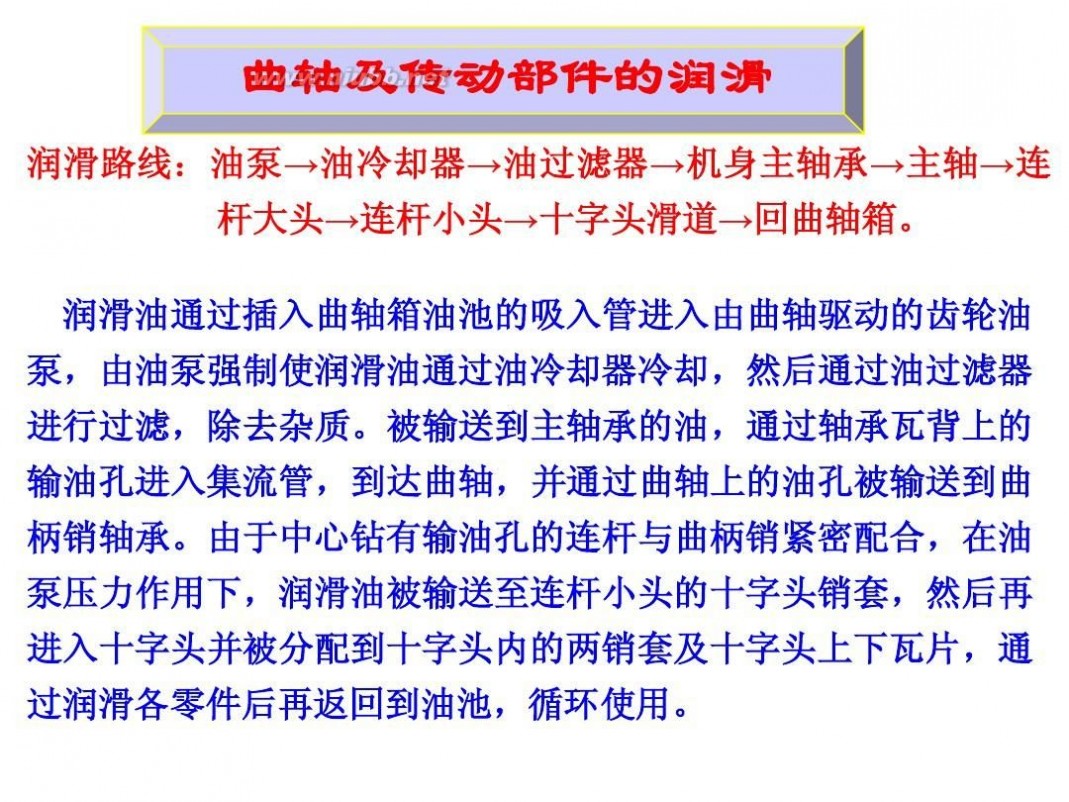
压缩机技术 压缩机技术
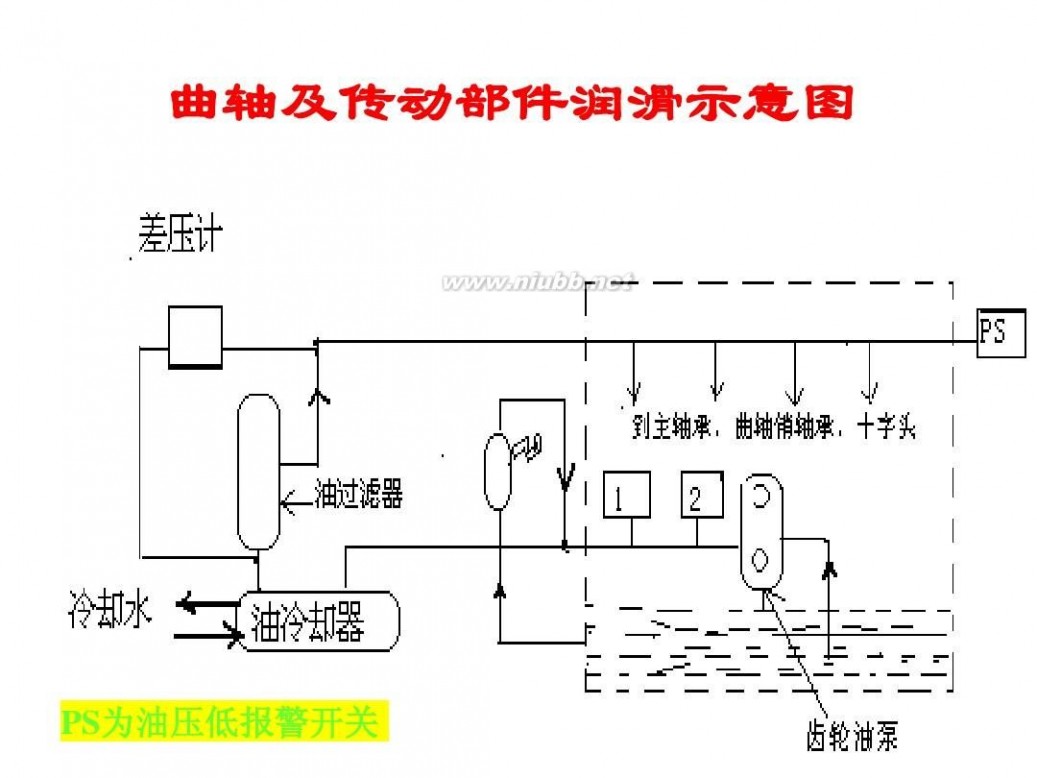
压缩机技术 压缩机技术
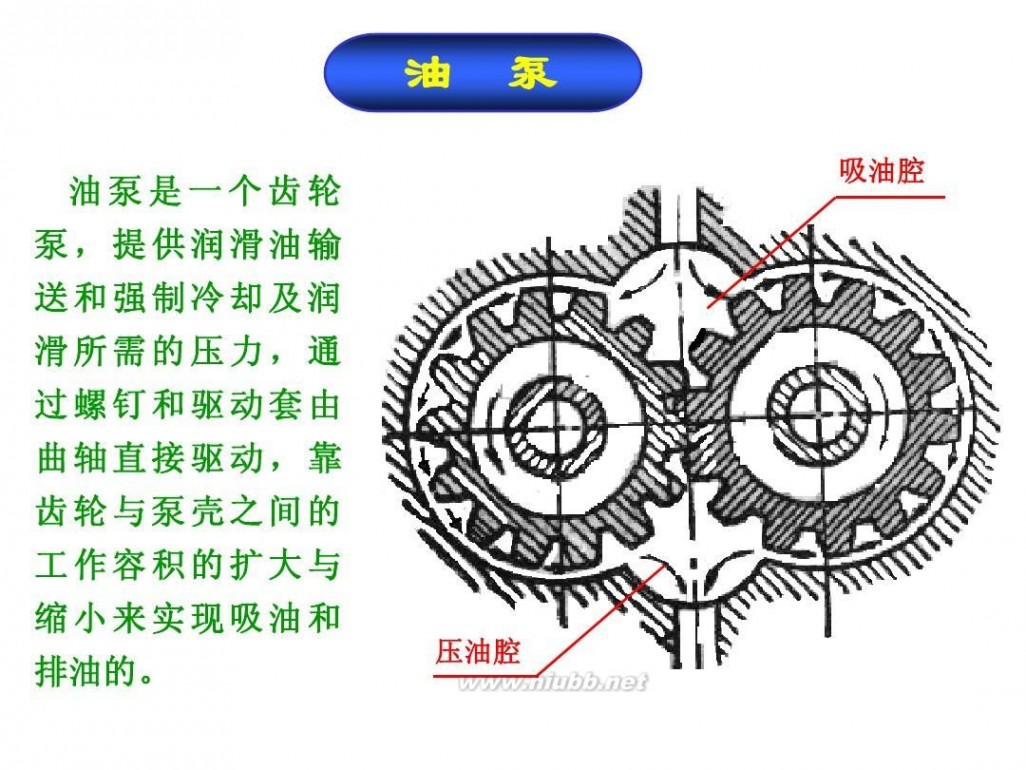
压缩机技术 压缩机技术
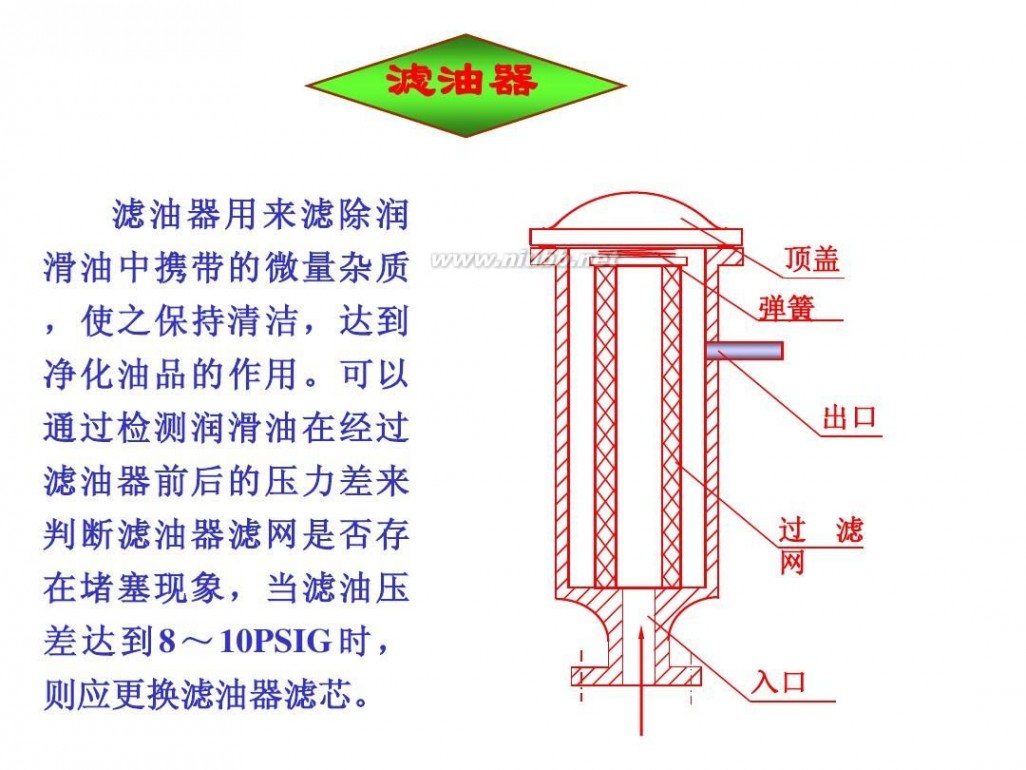
压缩机技术 压缩机技术

压缩机技术 压缩机技术
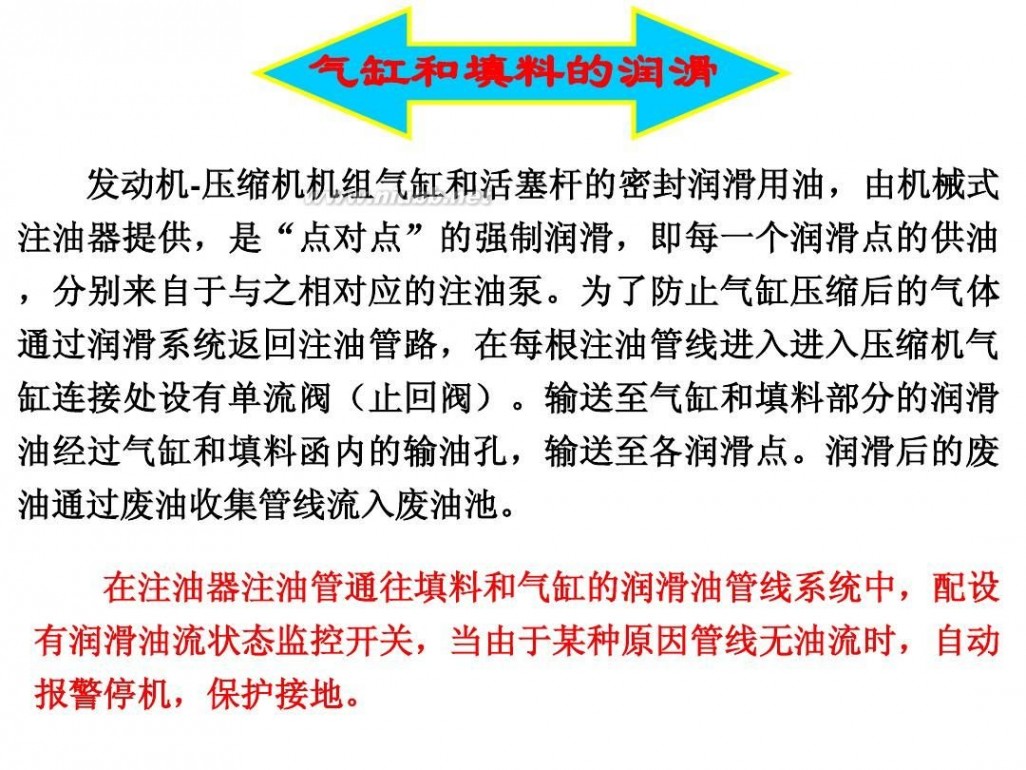
压缩机技术 压缩机技术

压缩机技术 压缩机技术
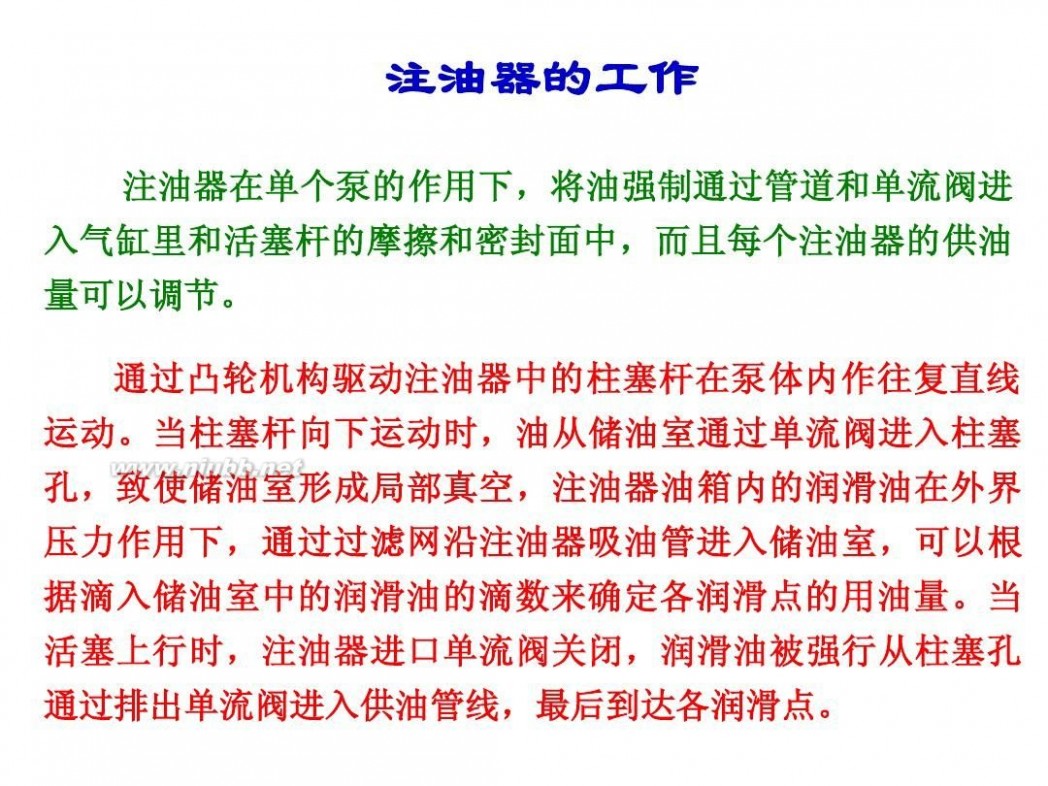
压缩机技术 压缩机技术

压缩机技术 压缩机技术
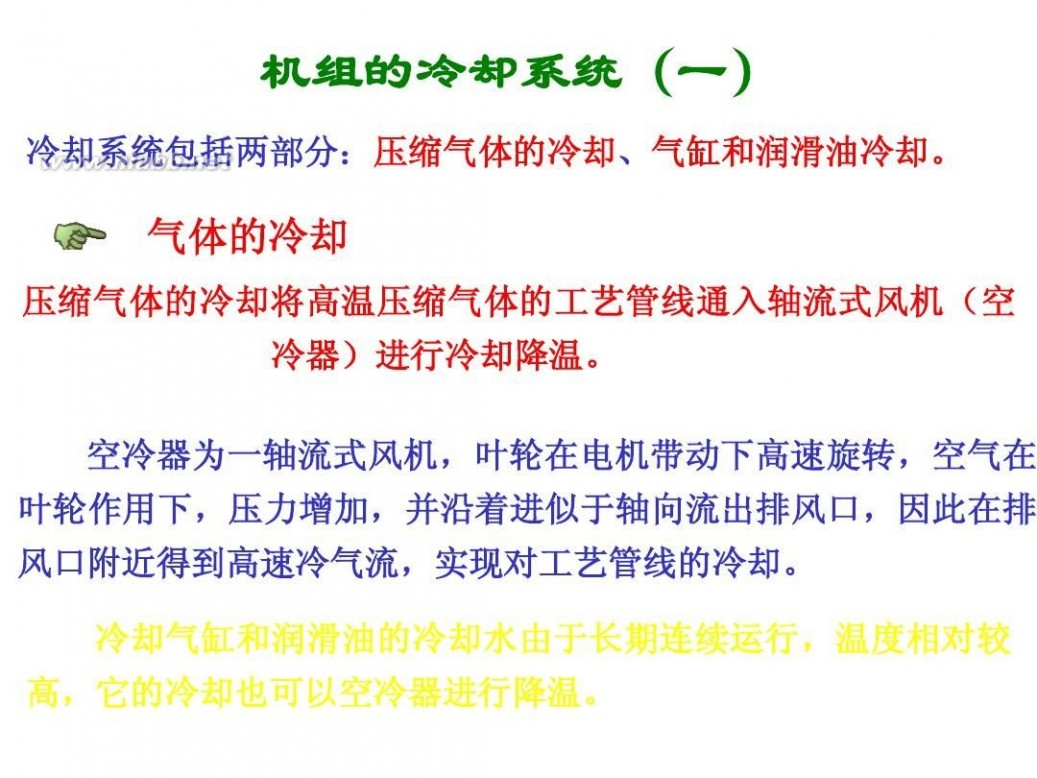
压缩机技术 压缩机技术
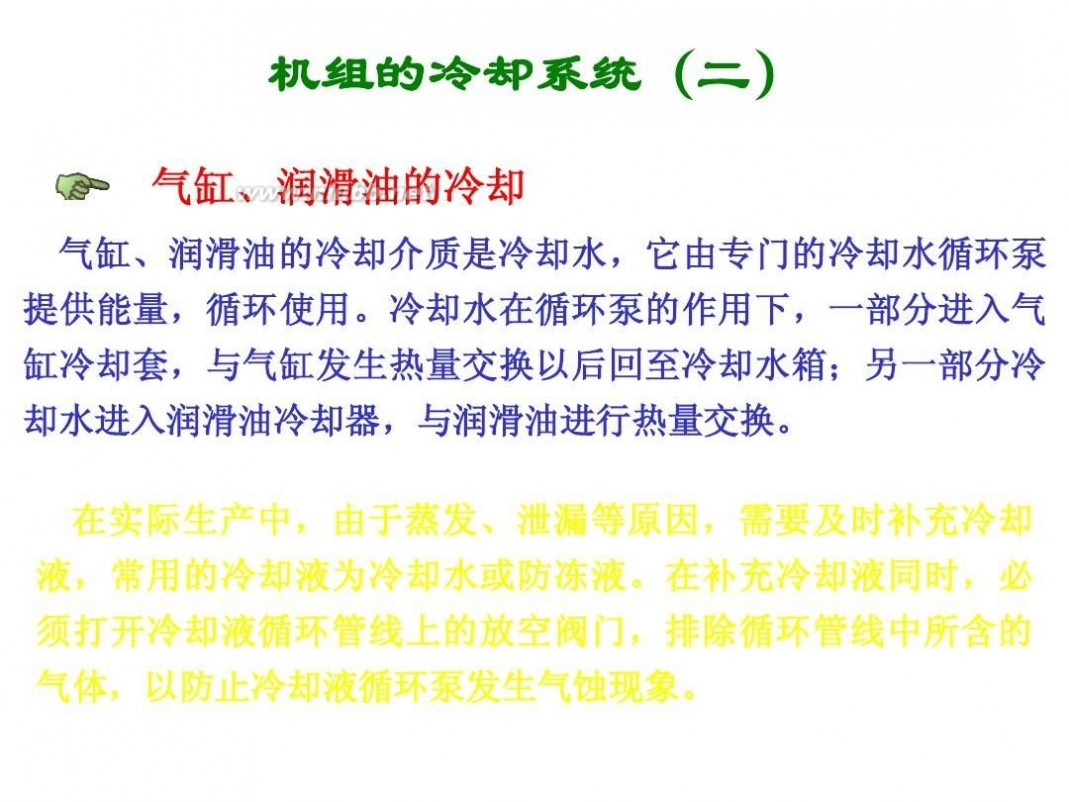
压缩机技术 压缩机技术
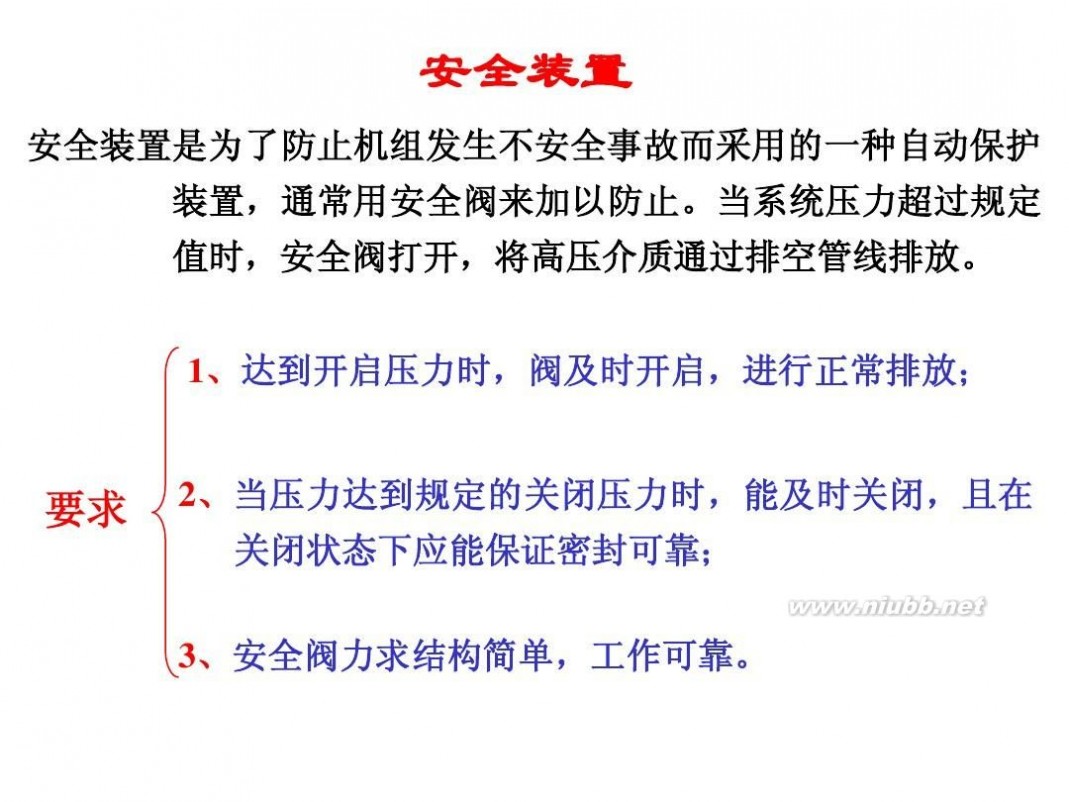
61阅读| 精彩专题| 最新文章| 热门文章| 苏ICP备13036349号-1